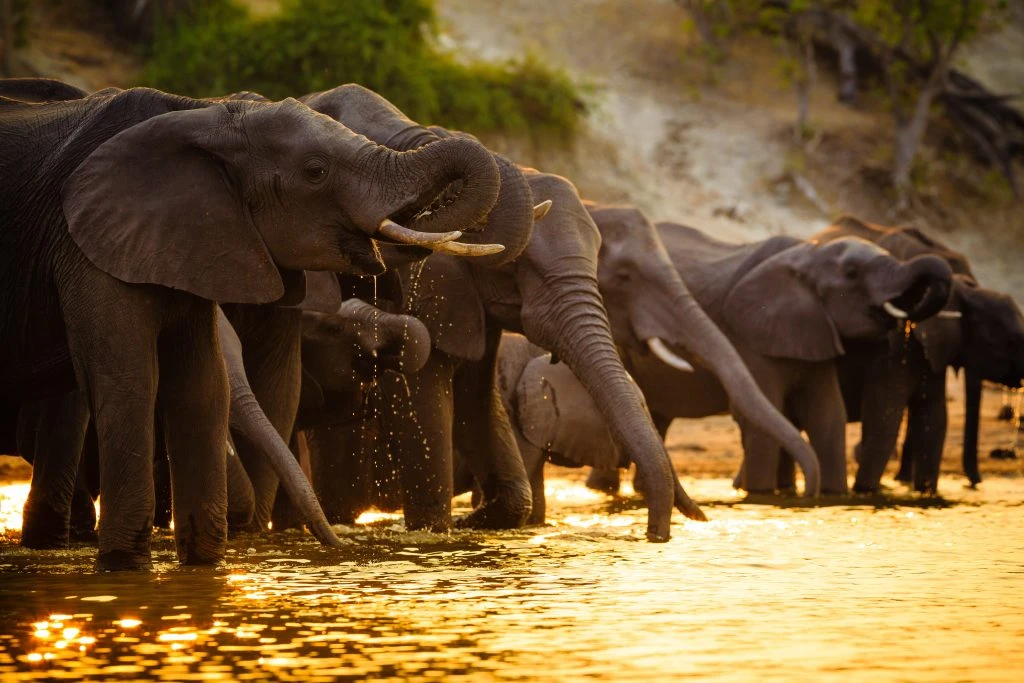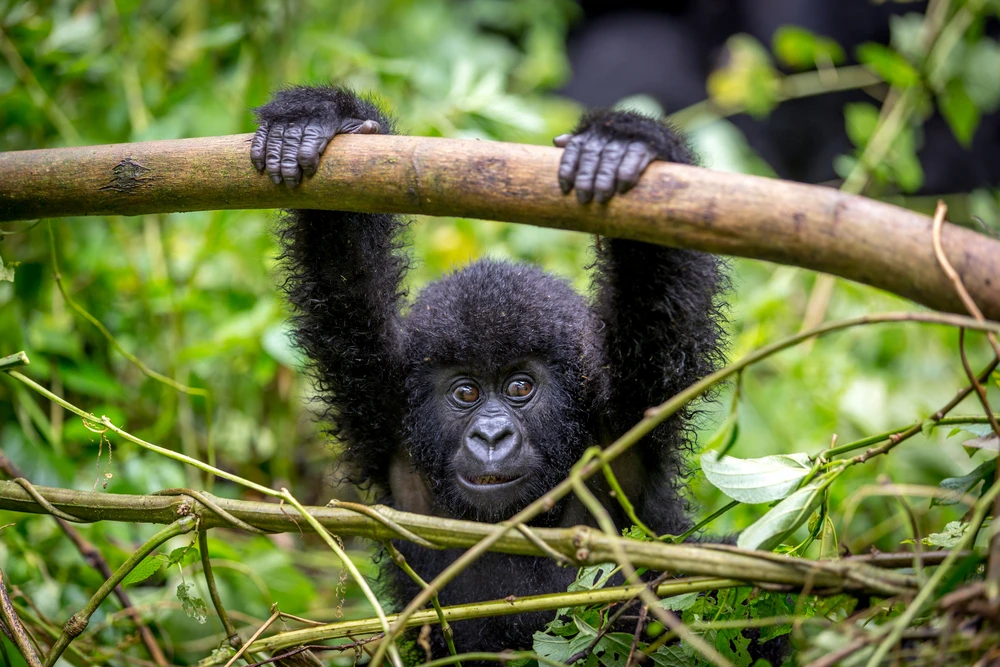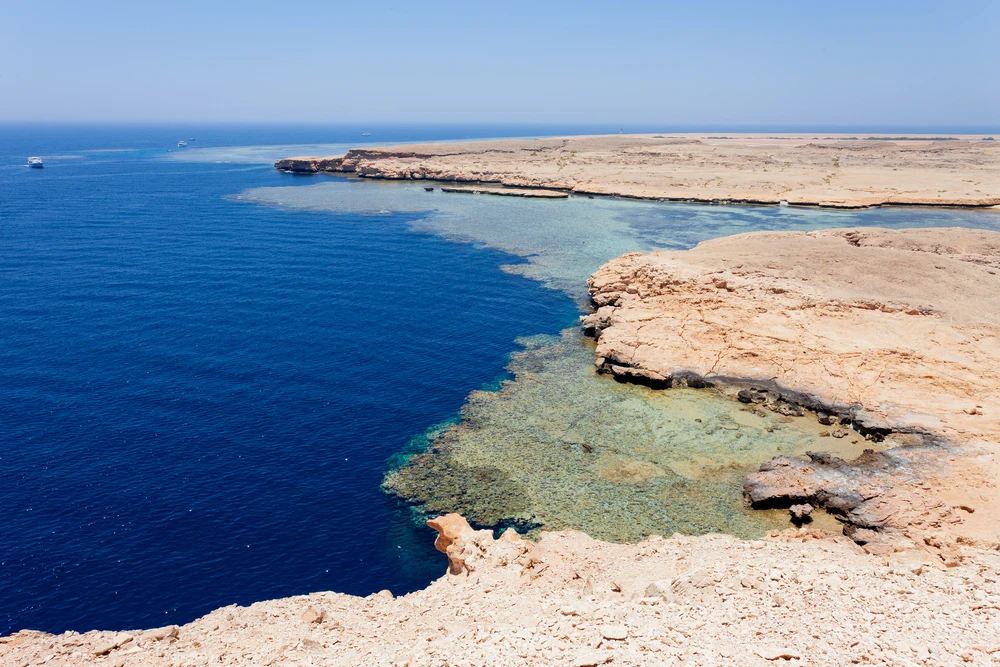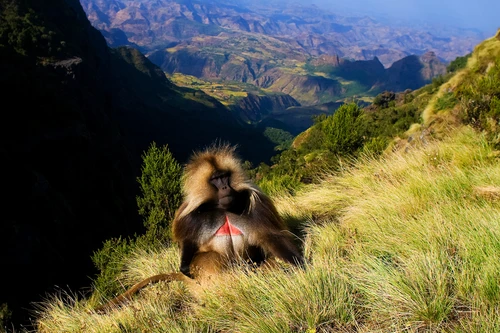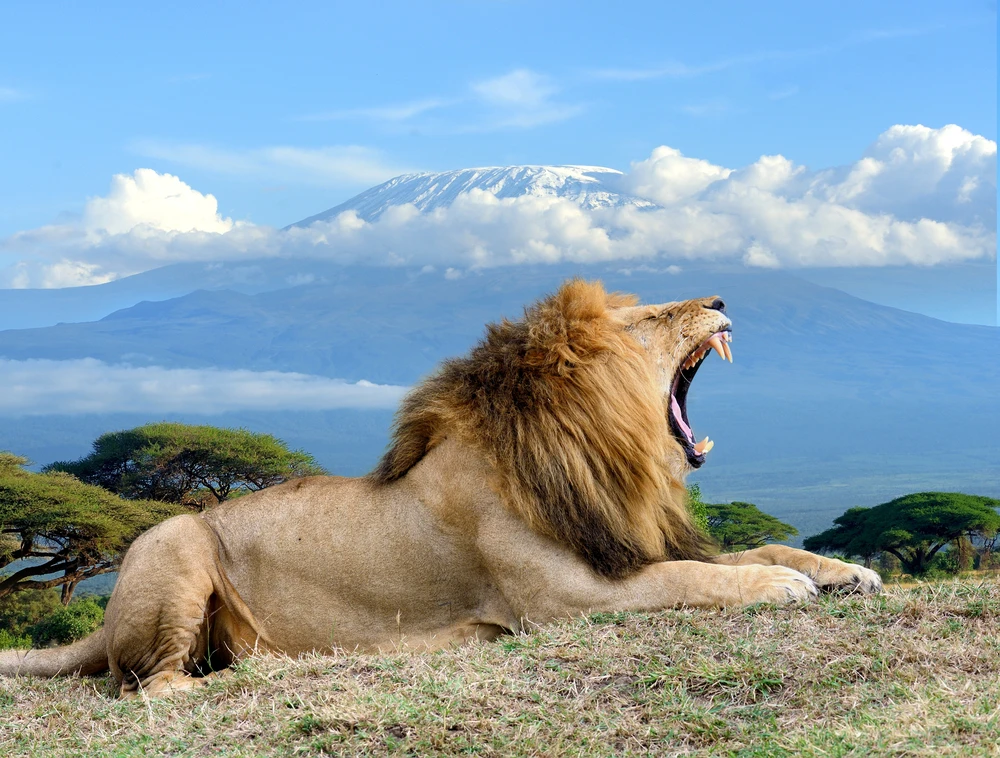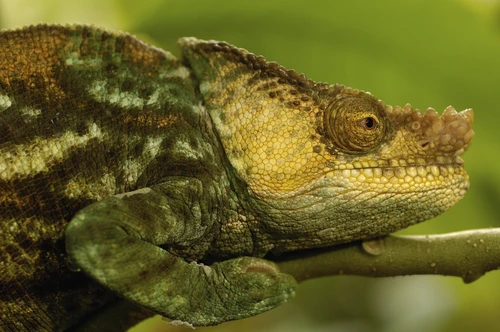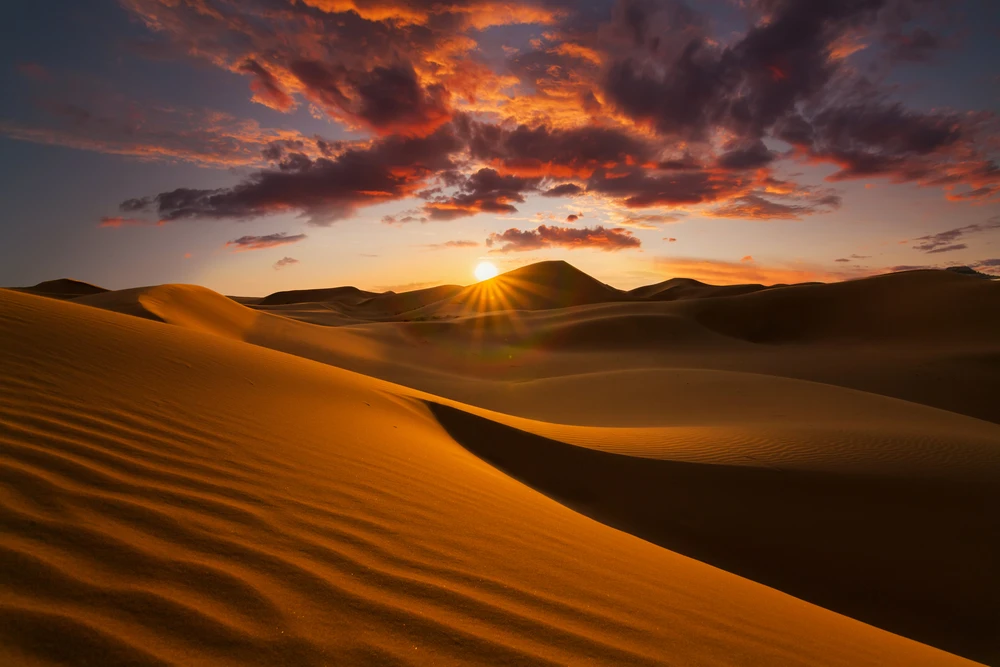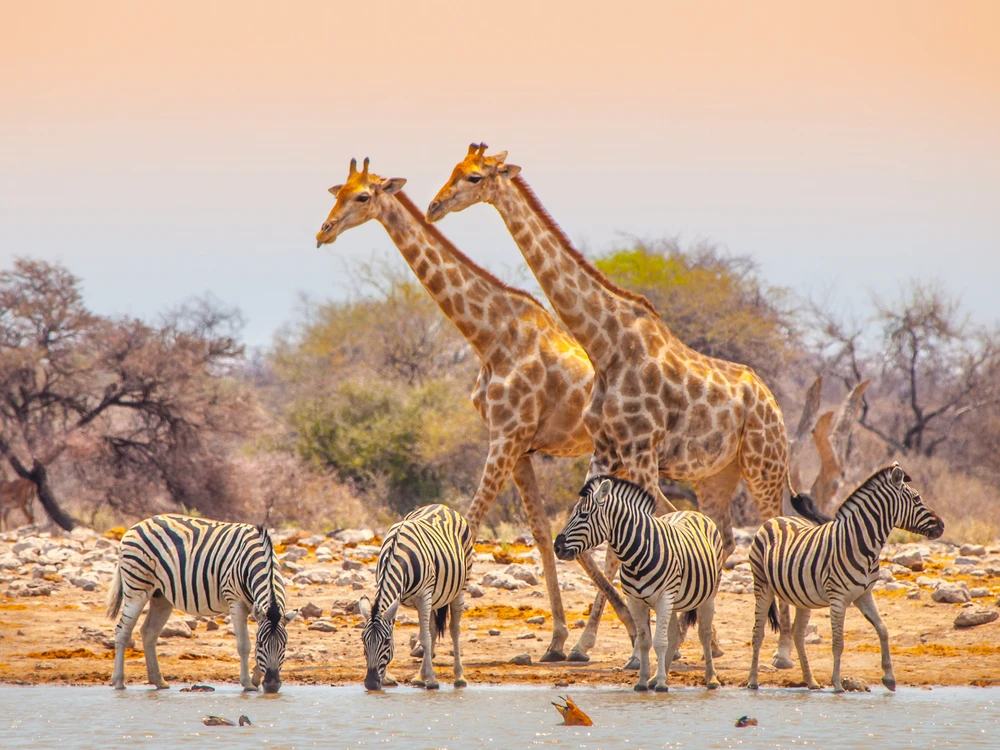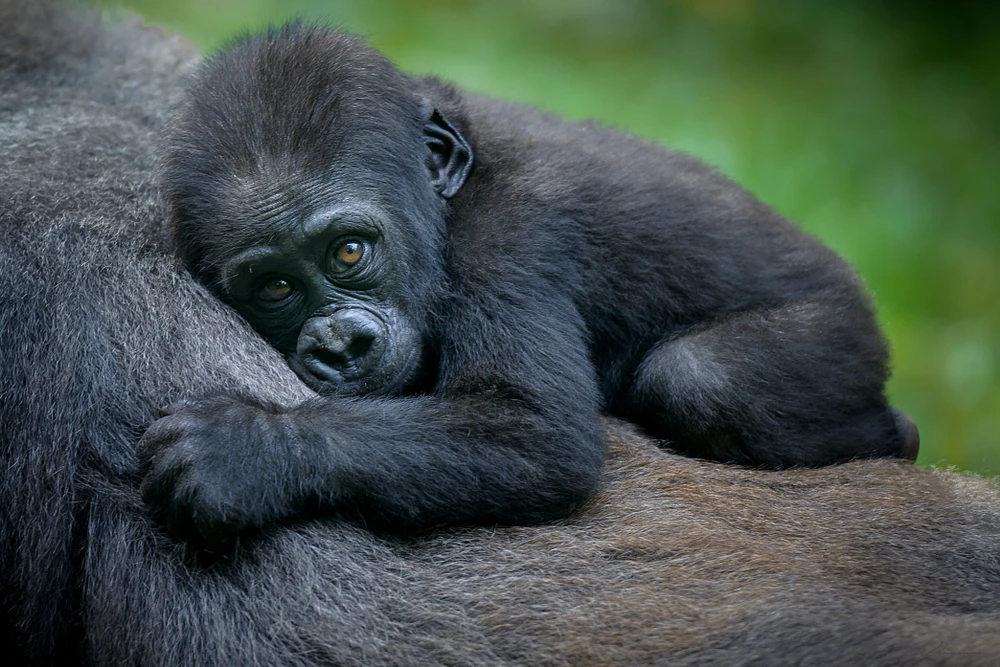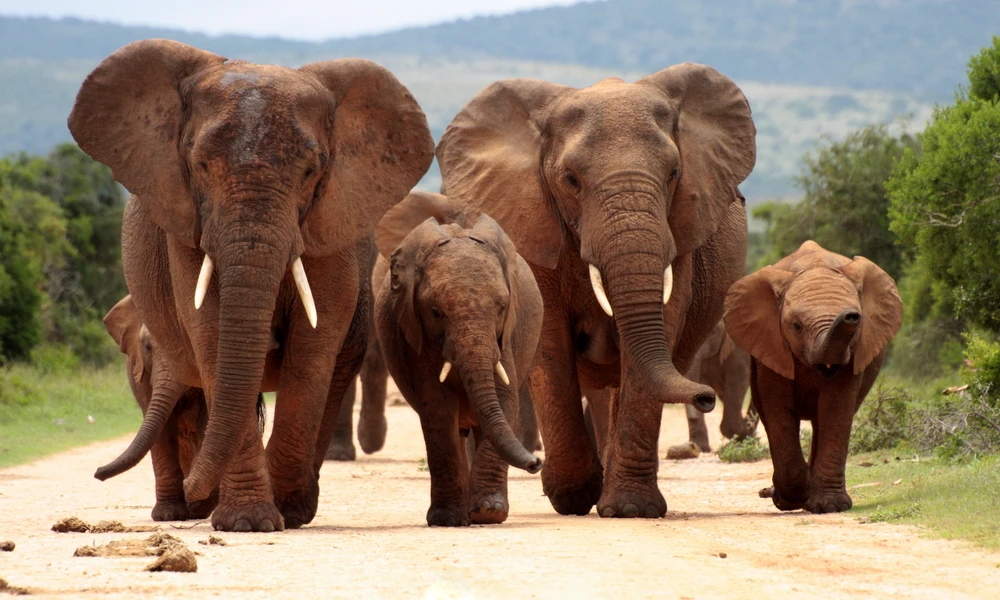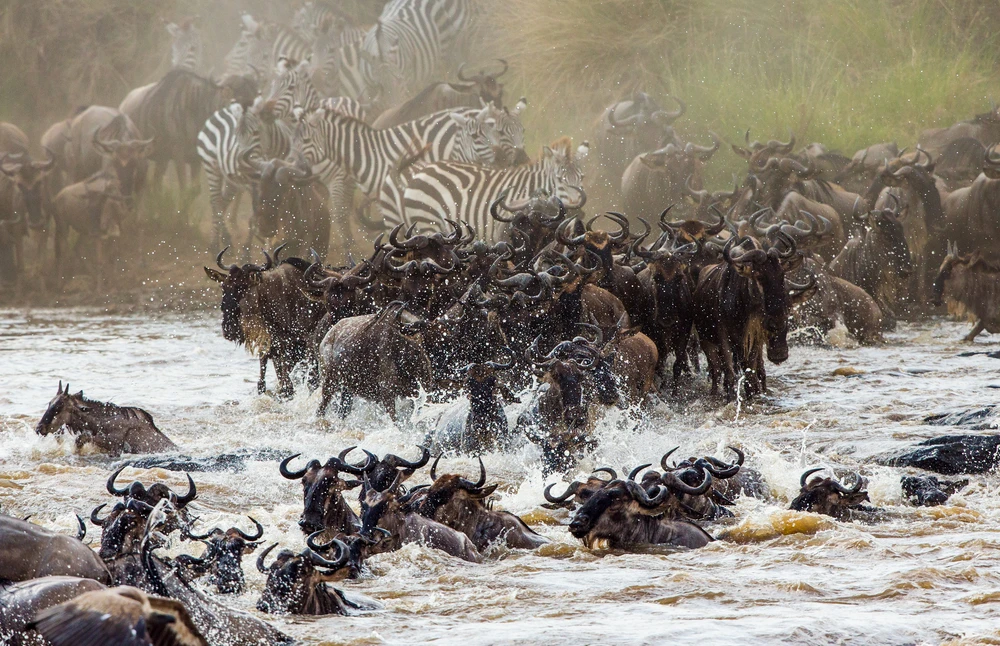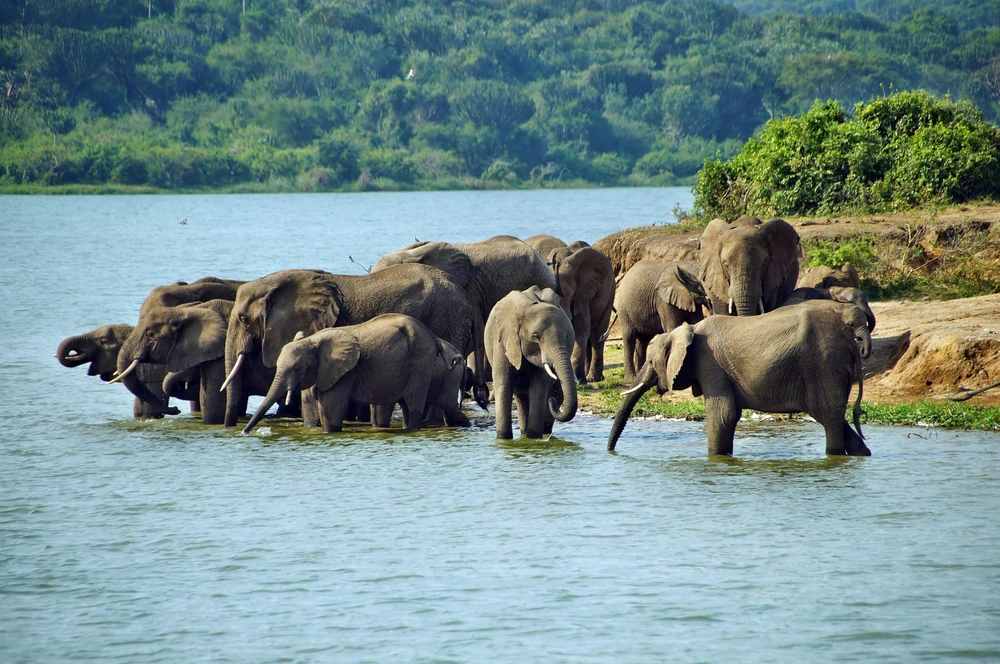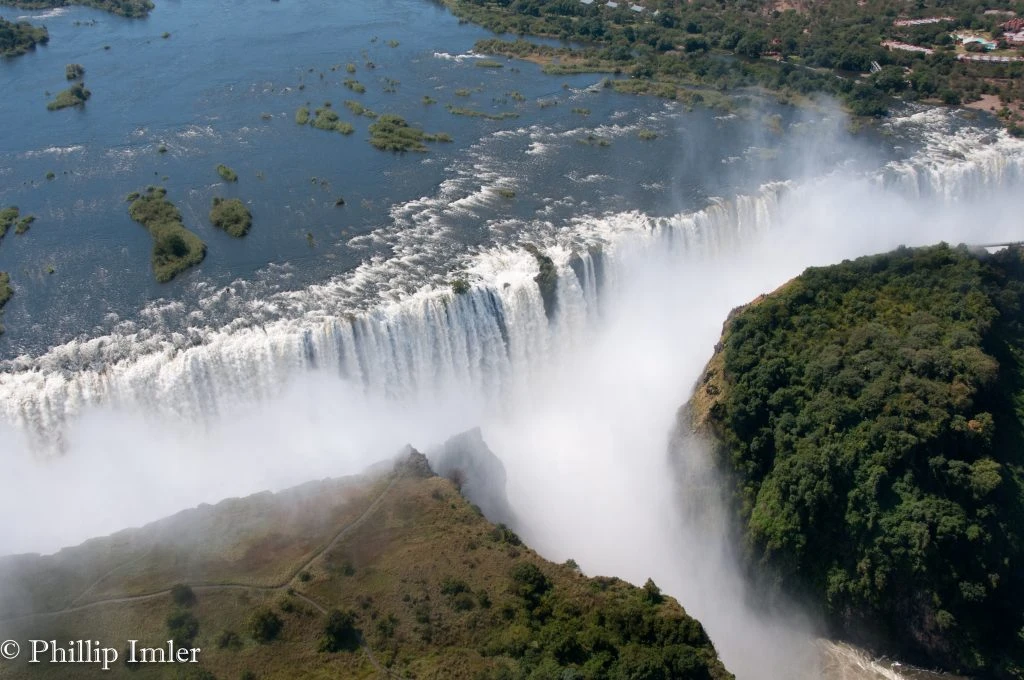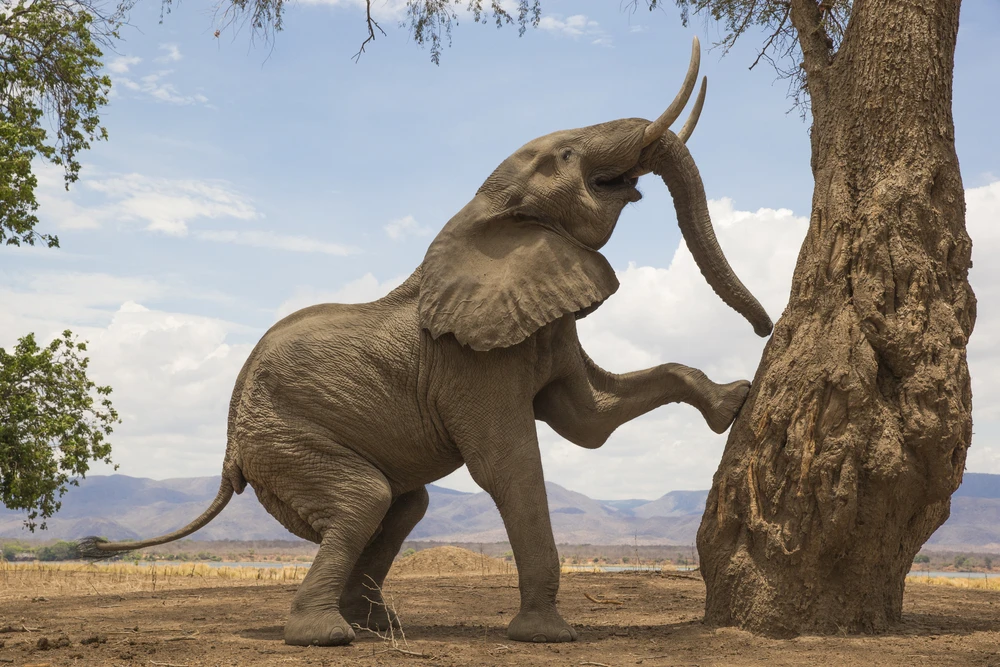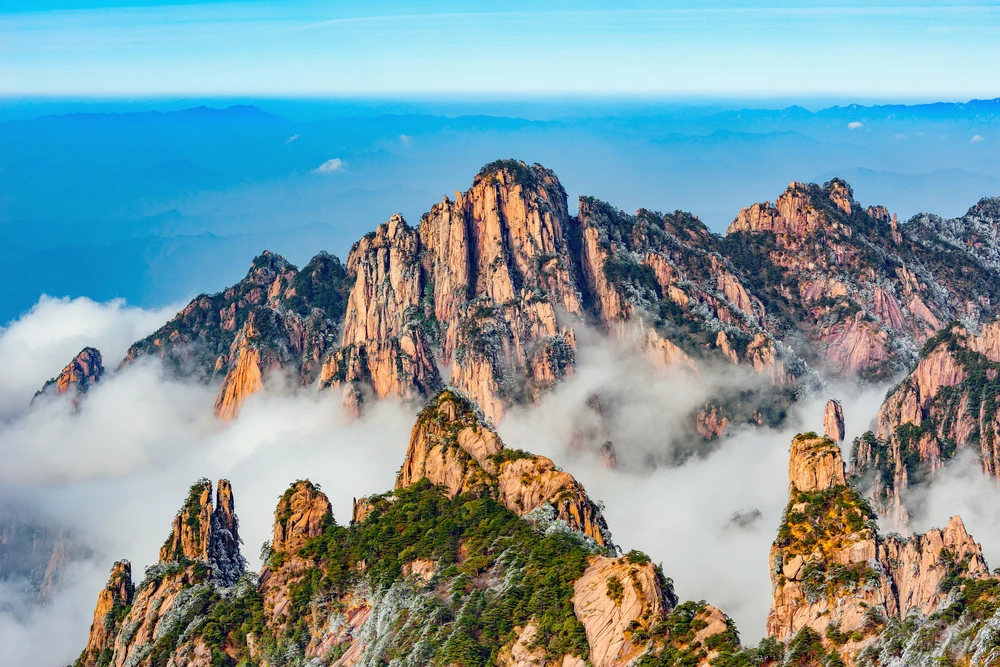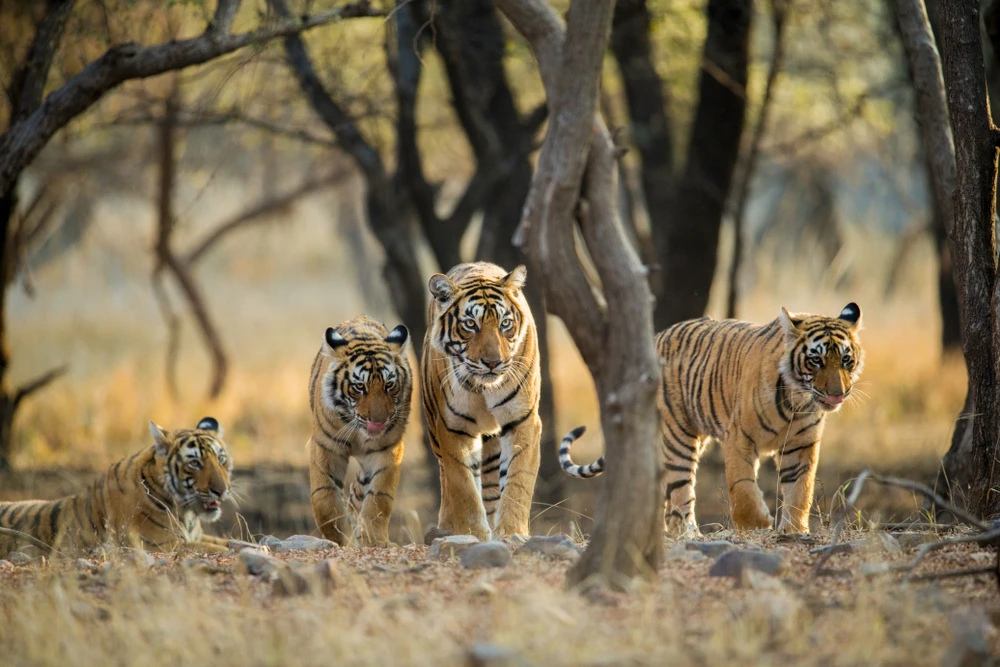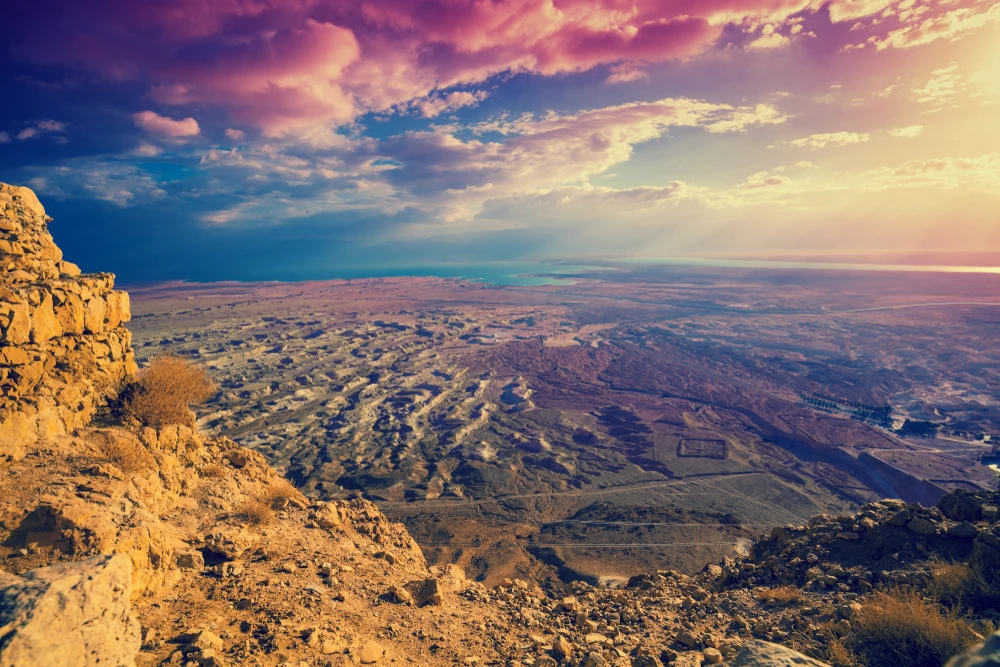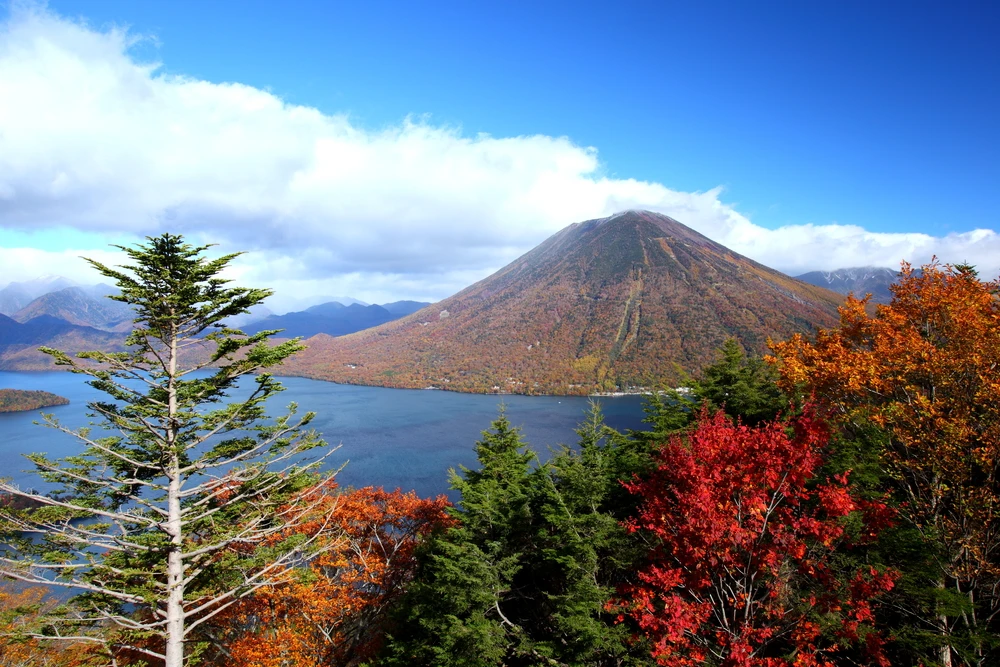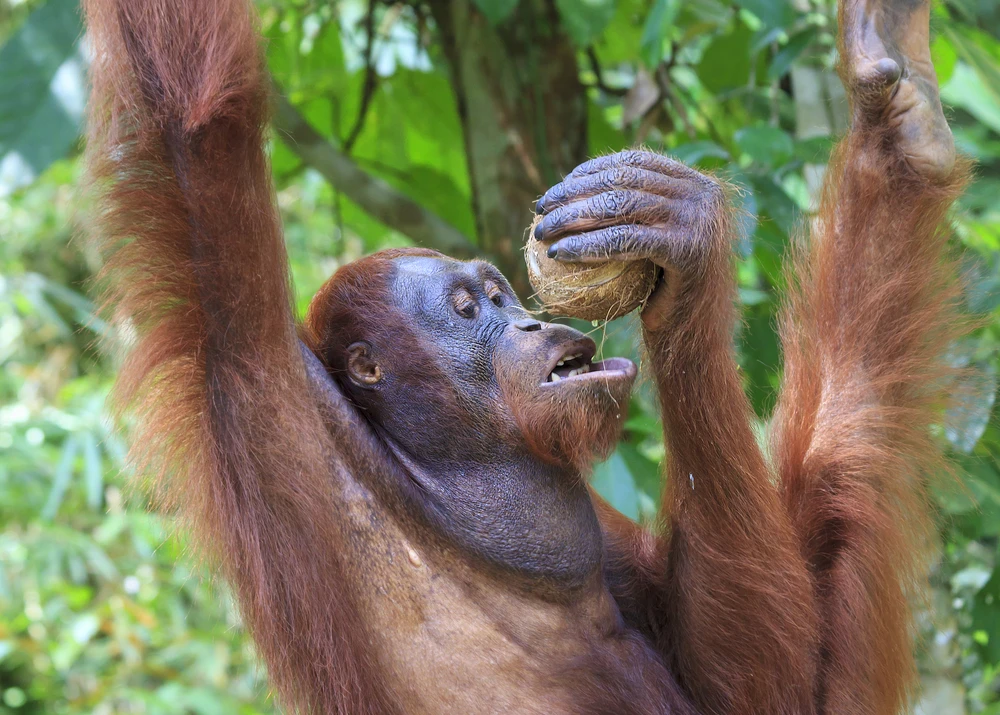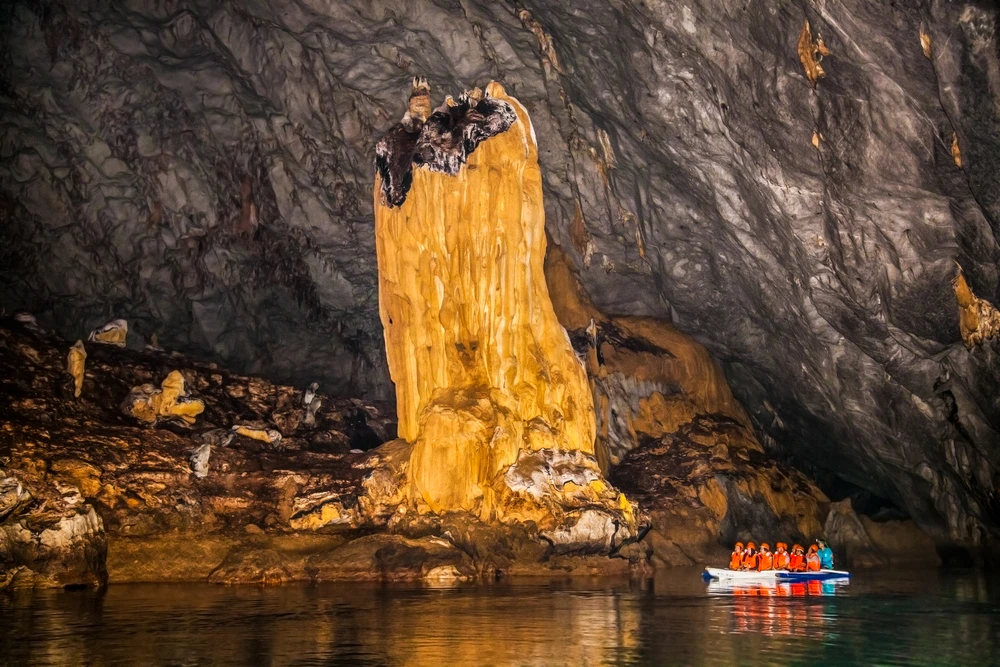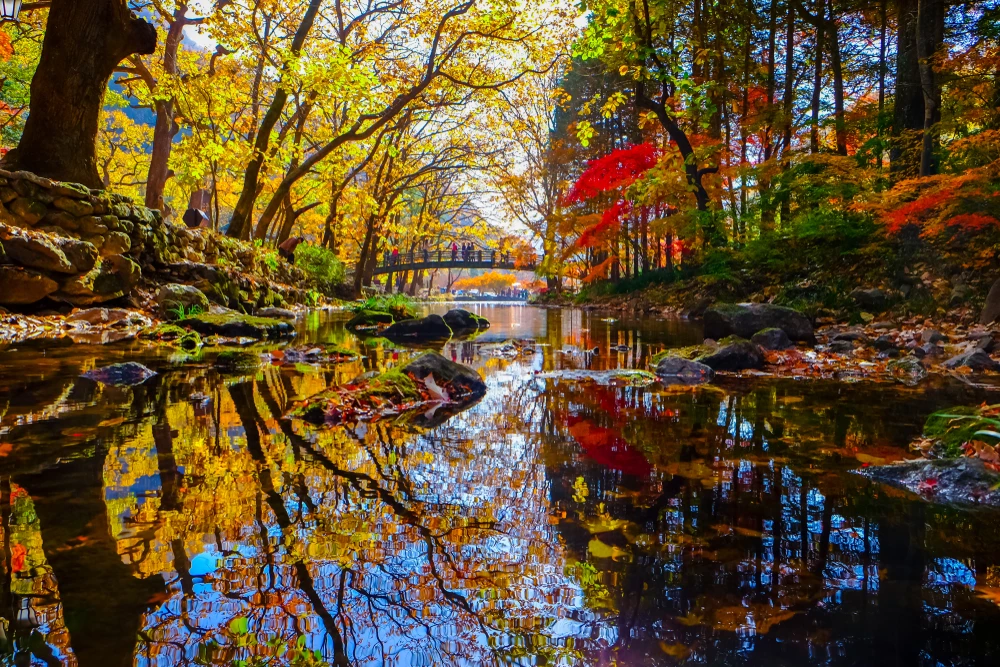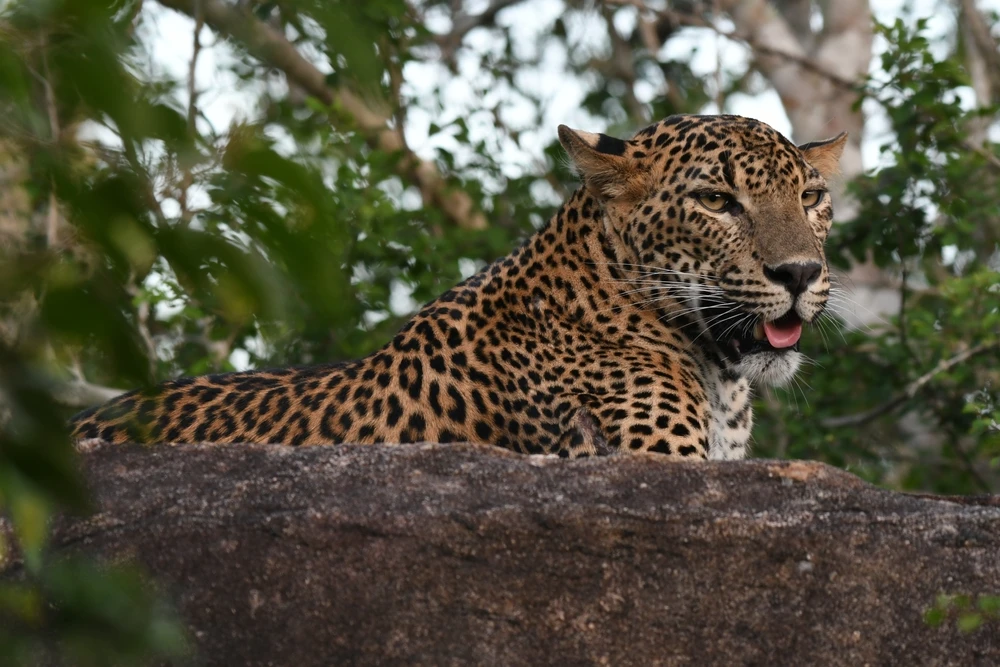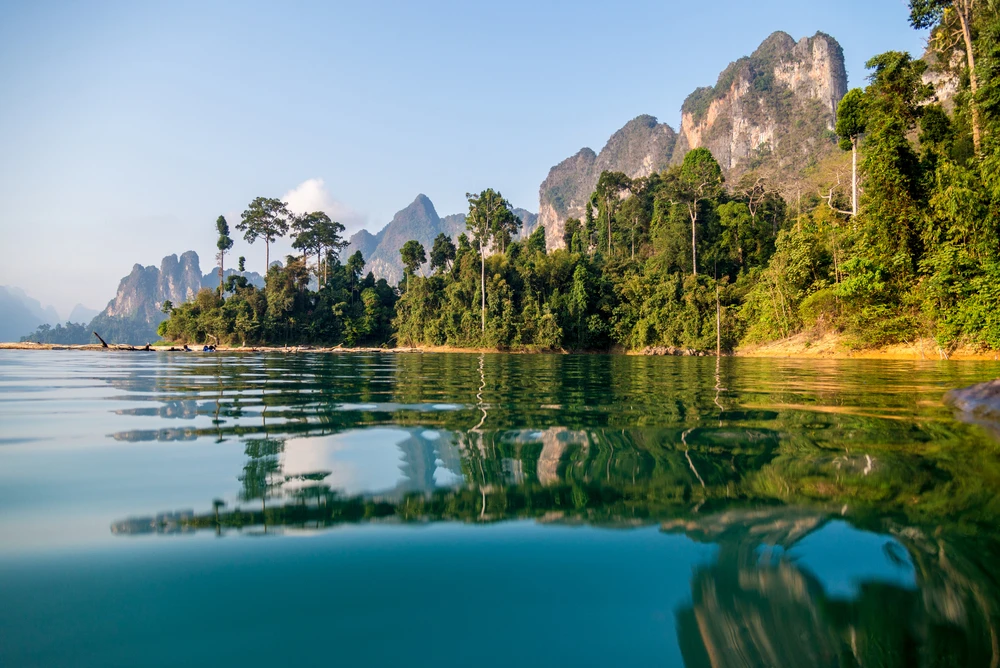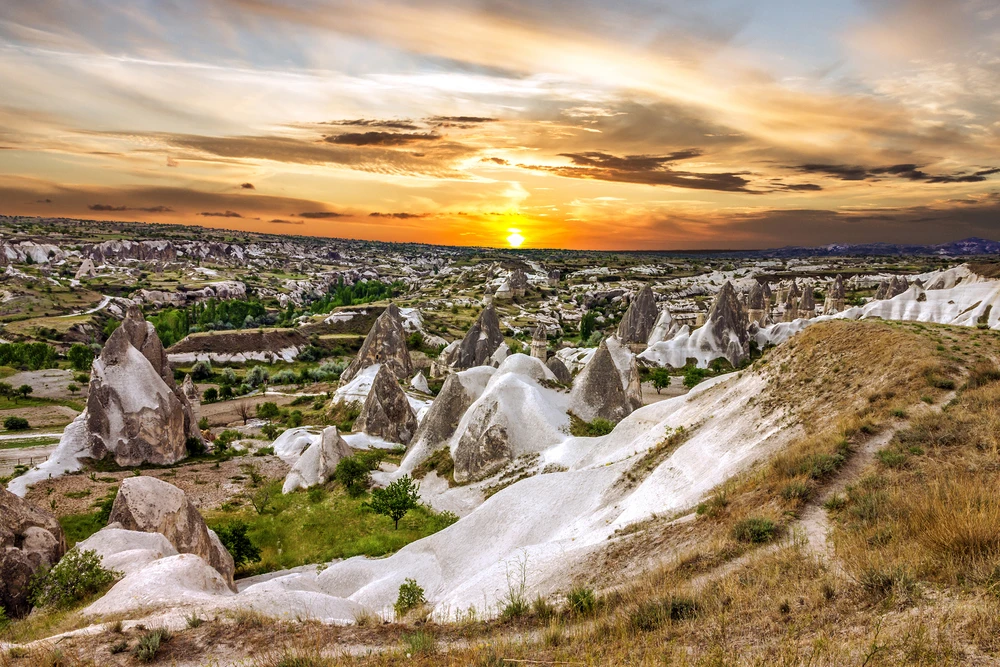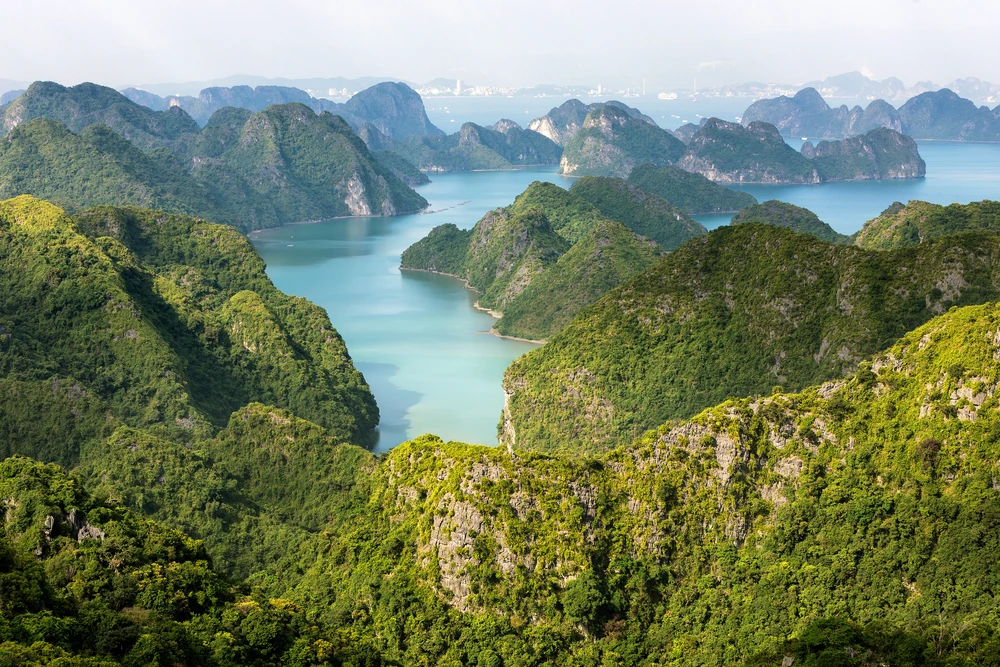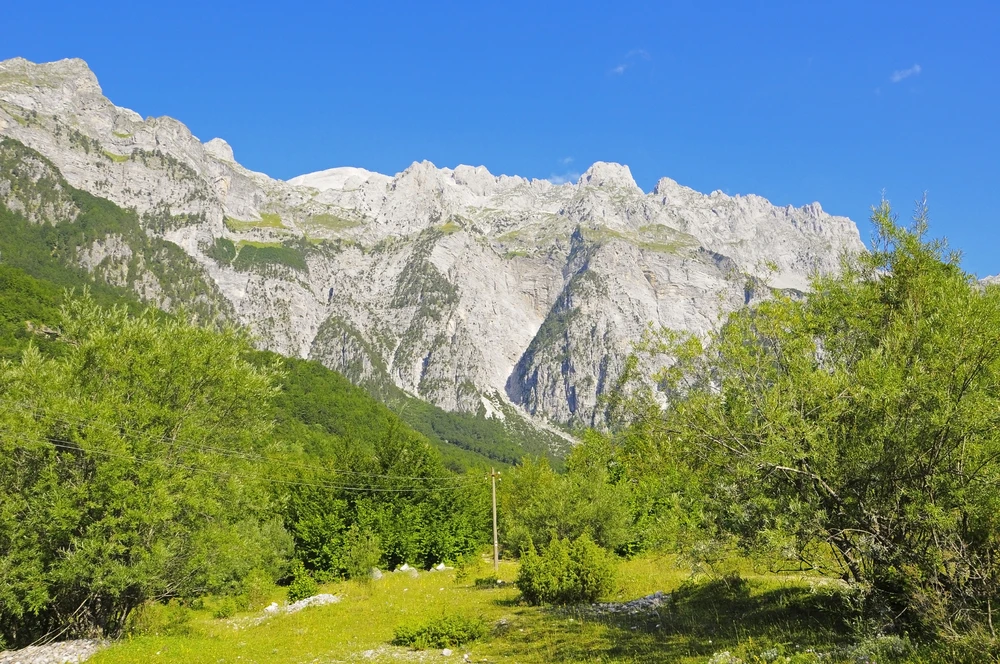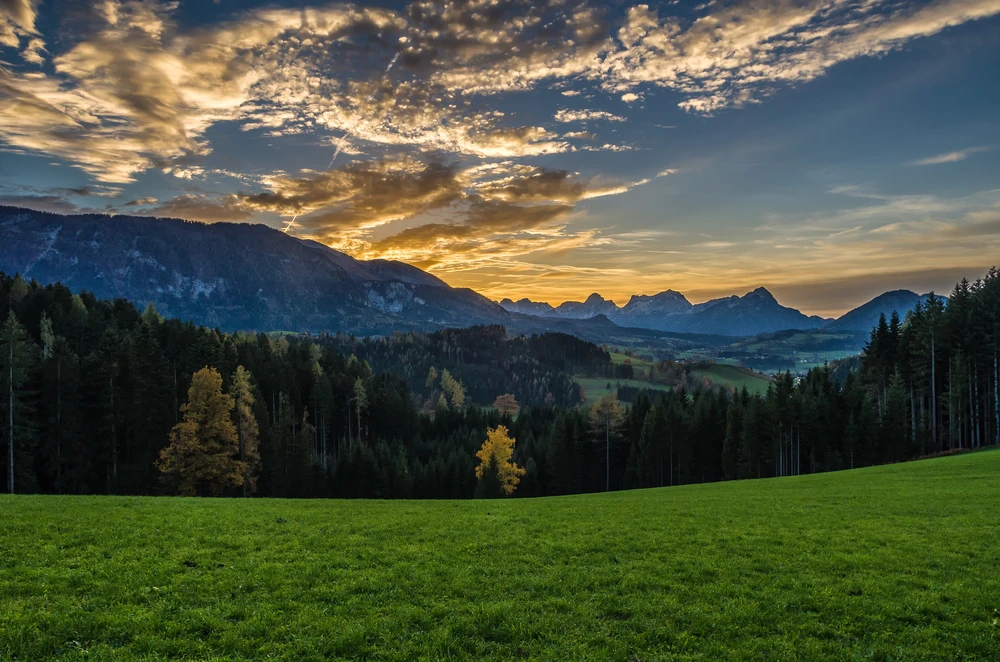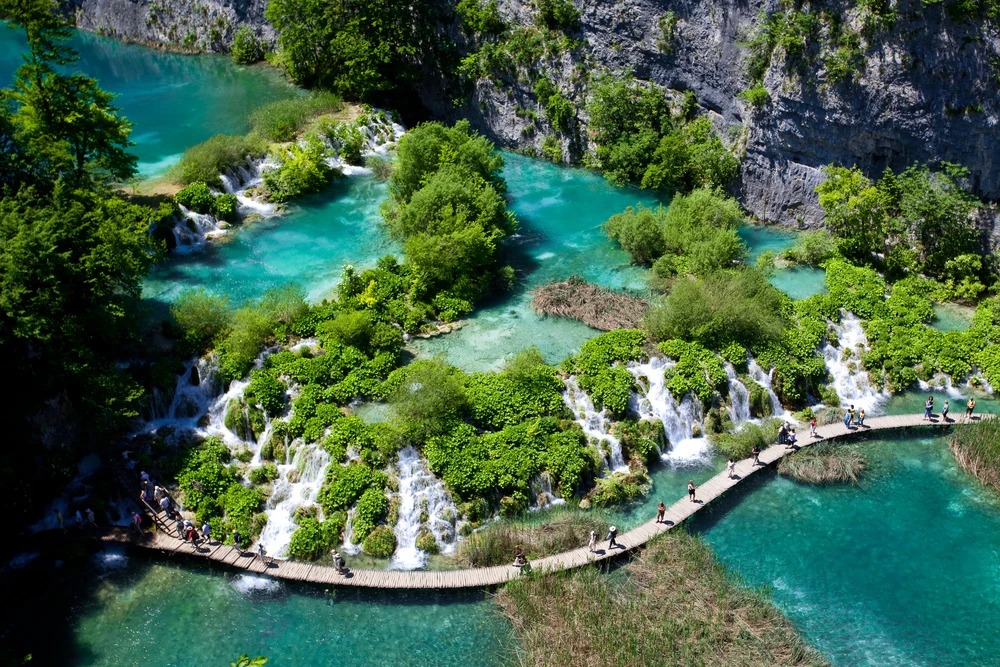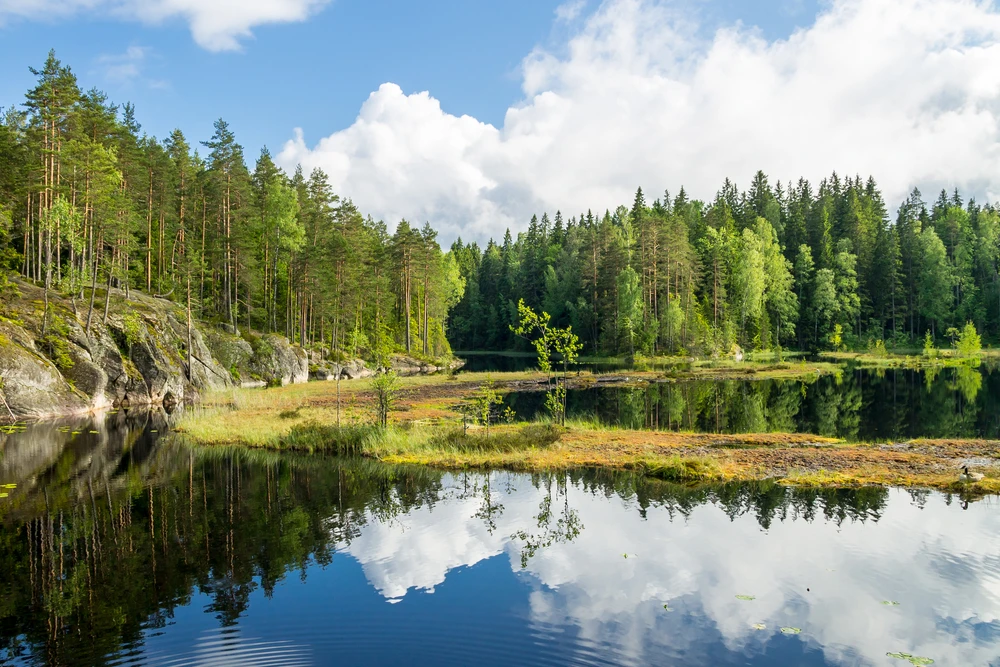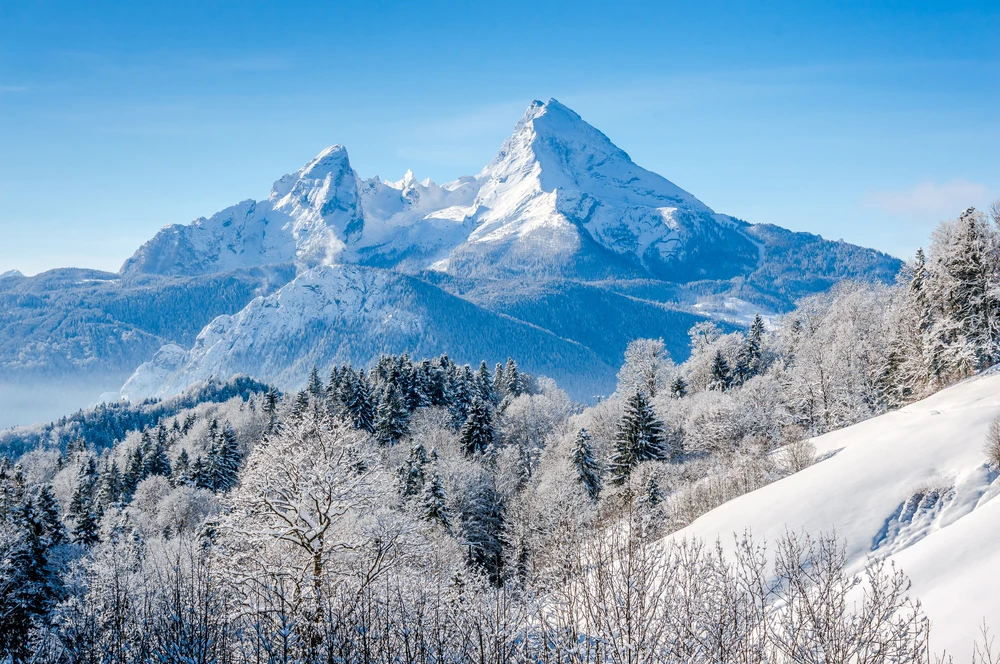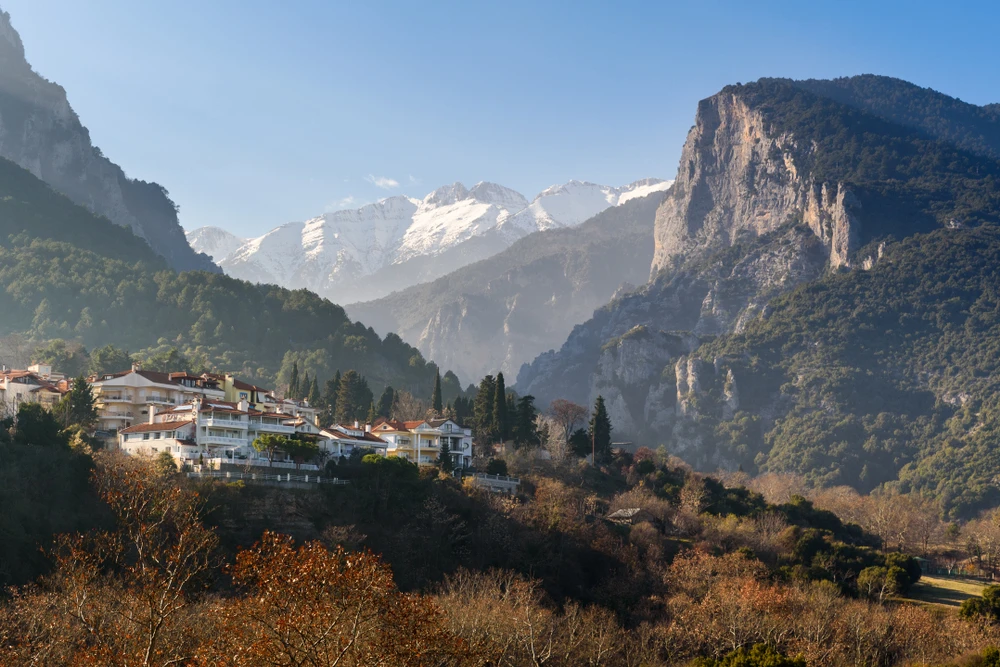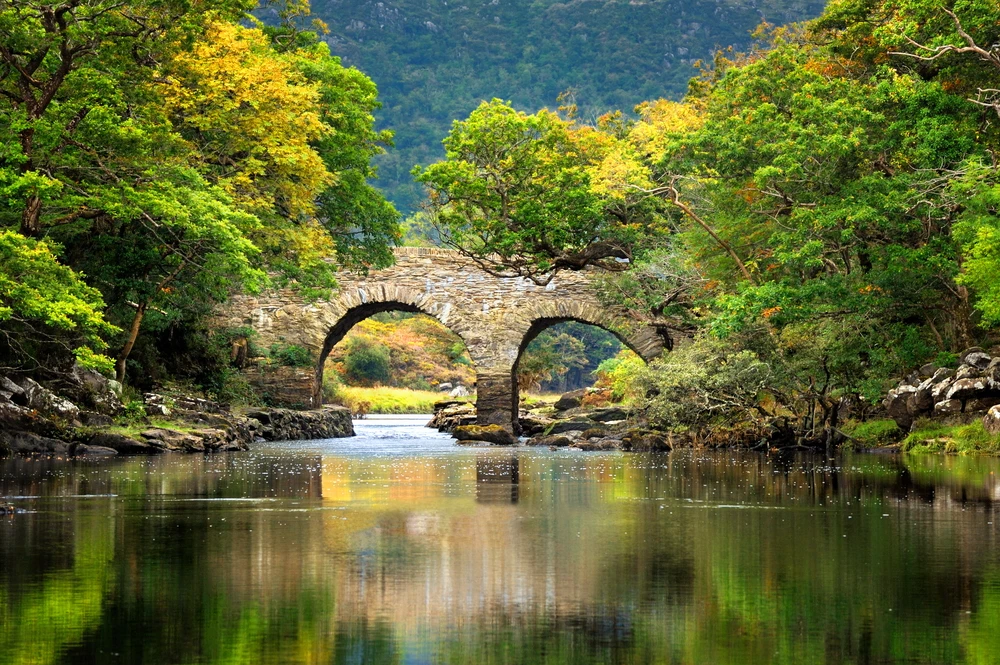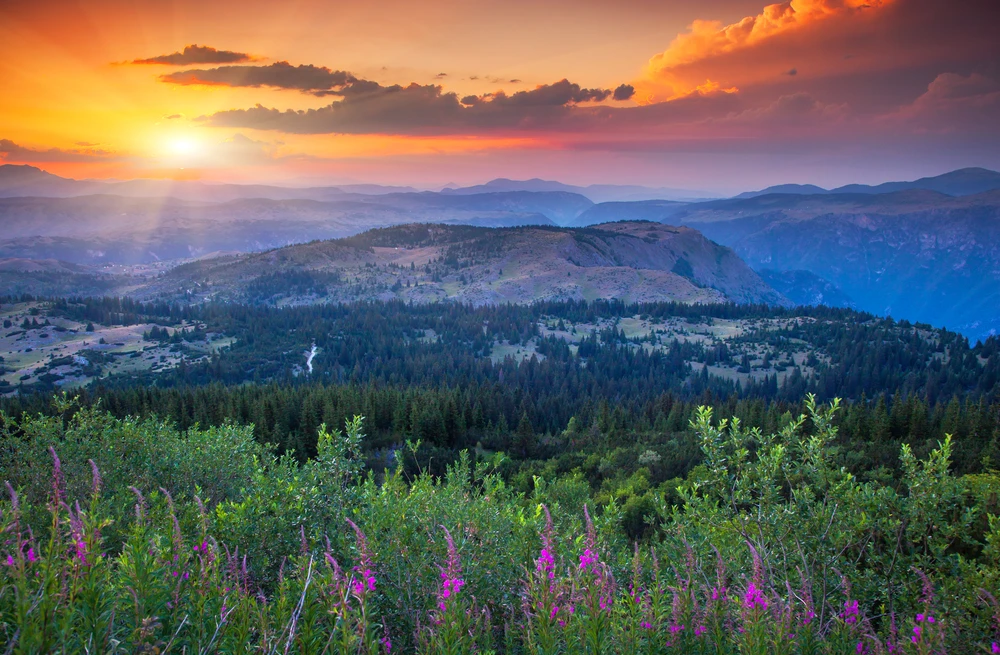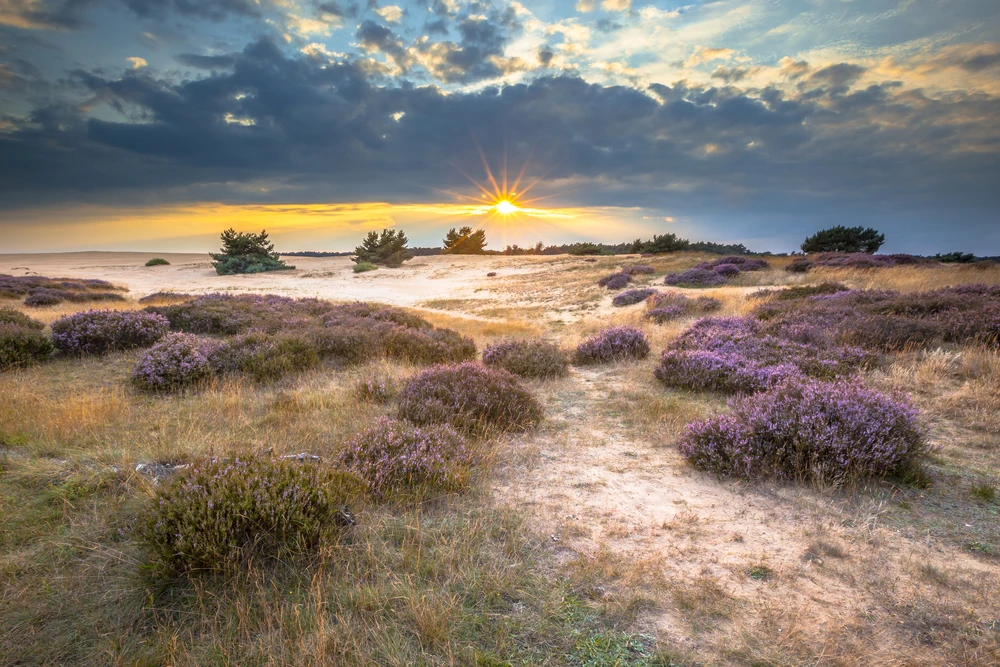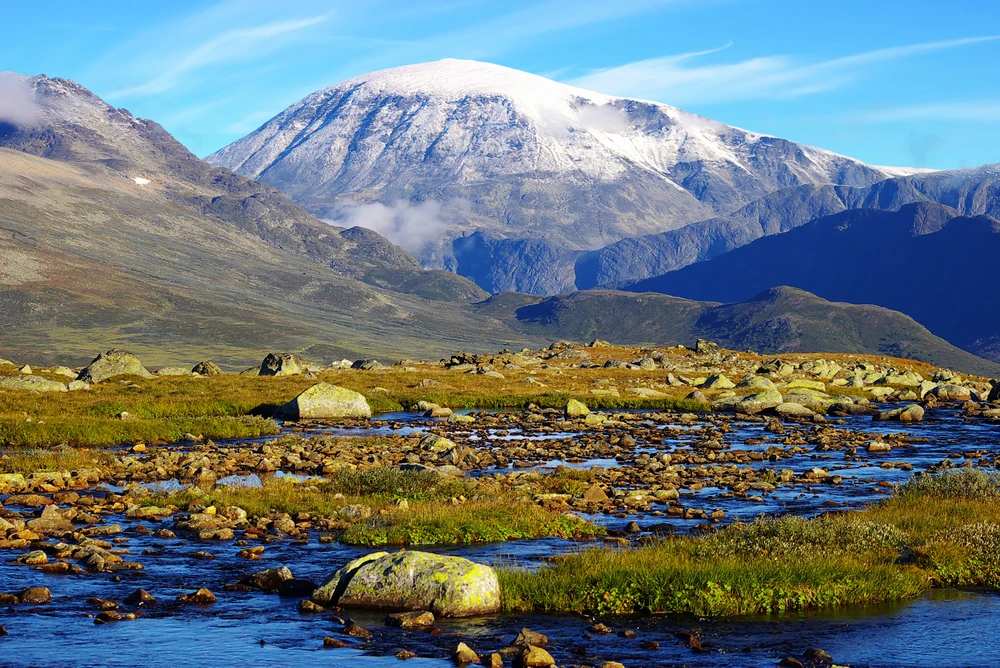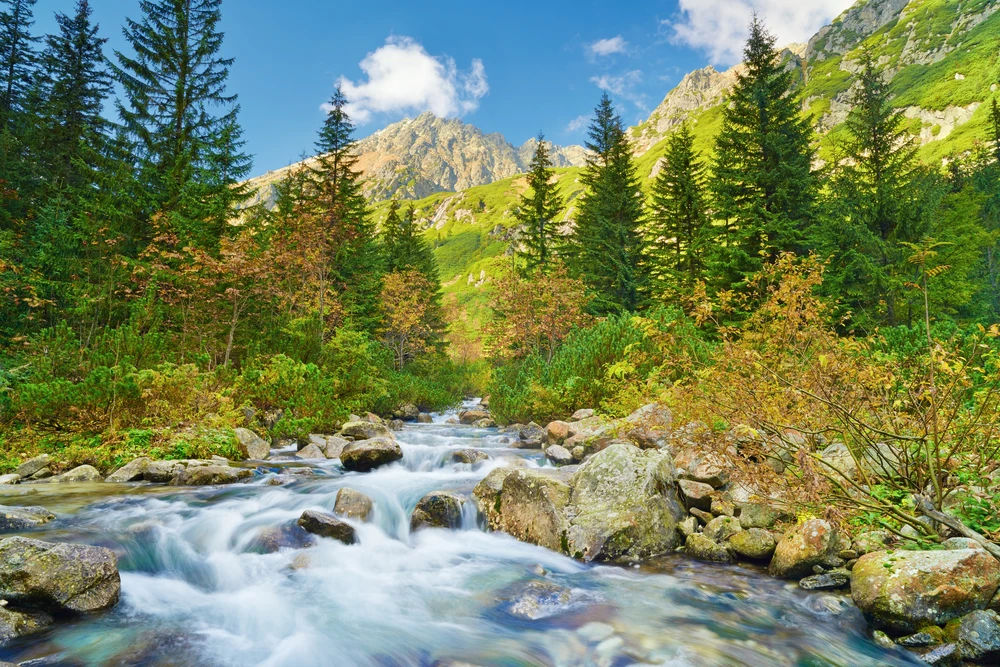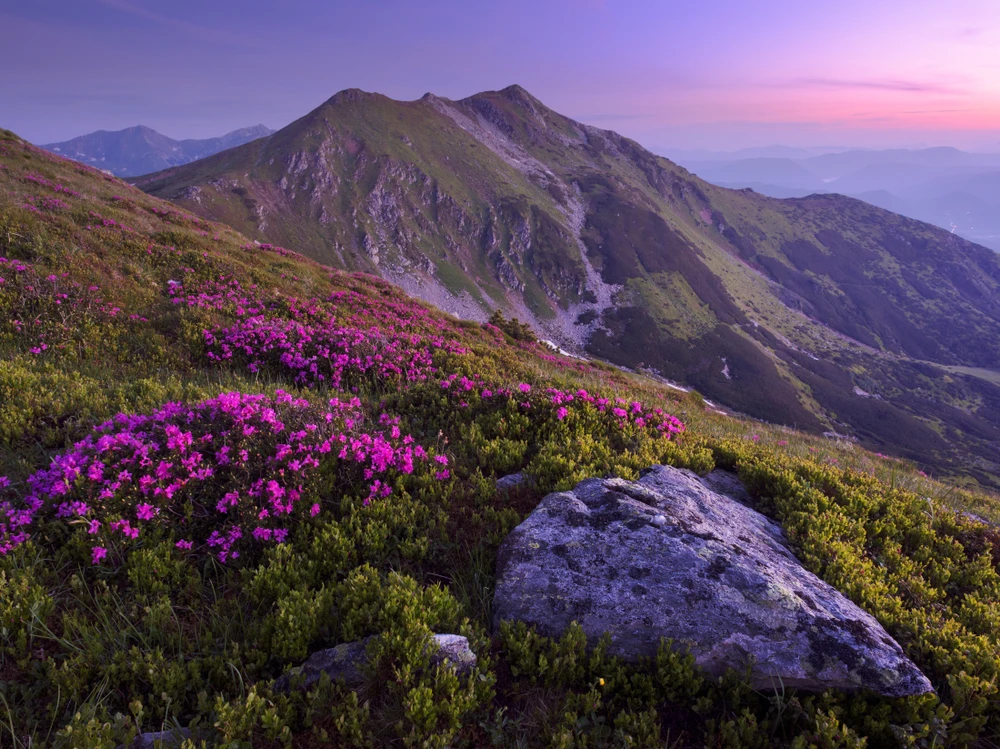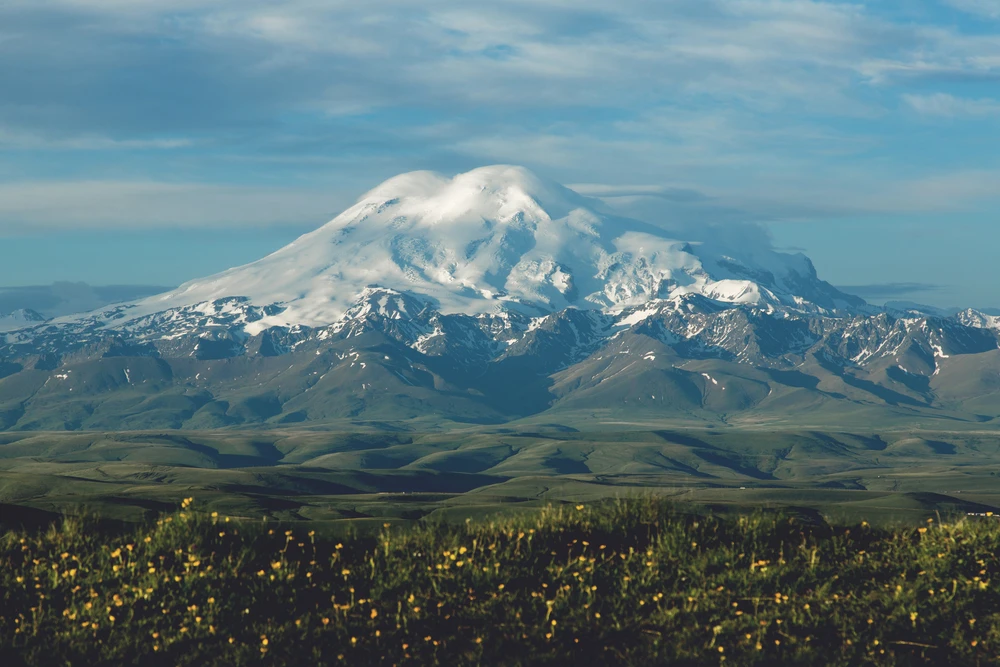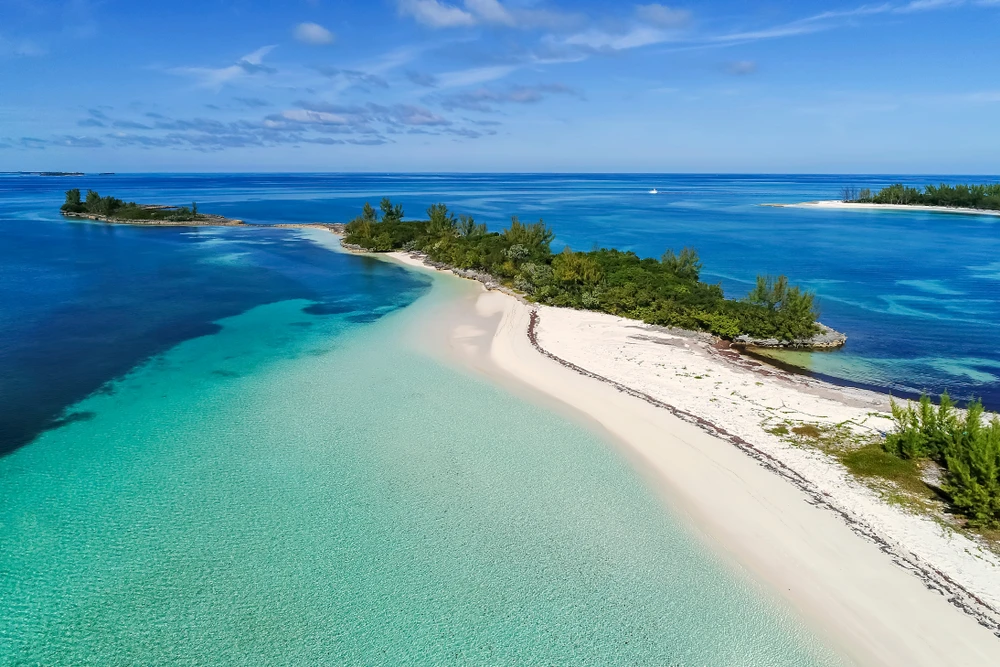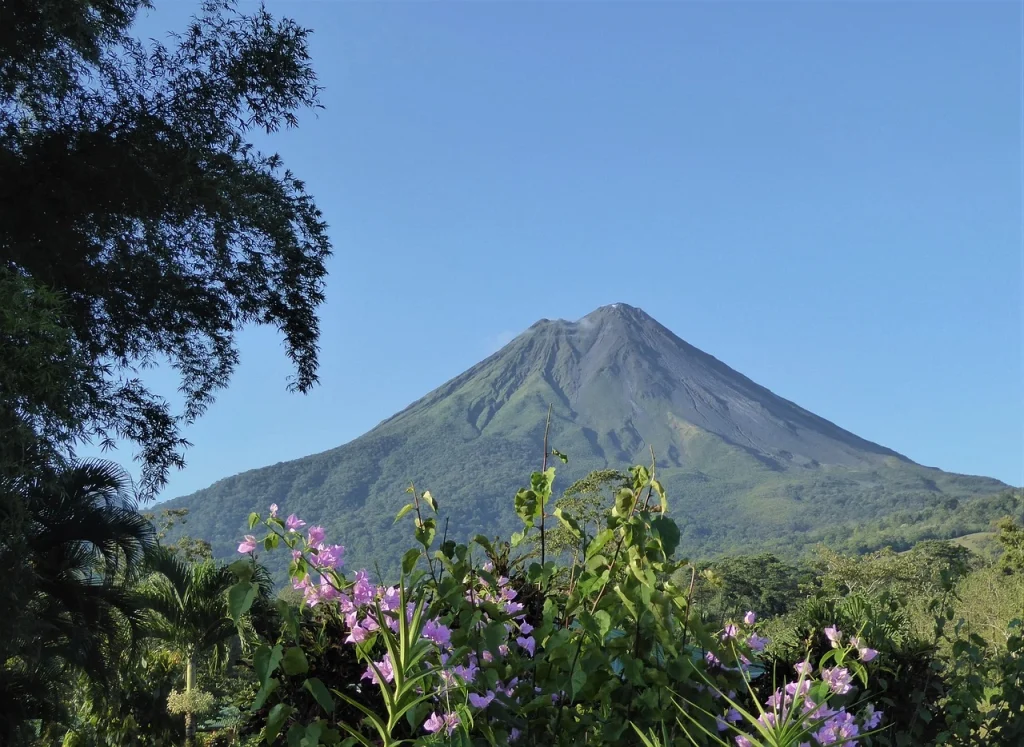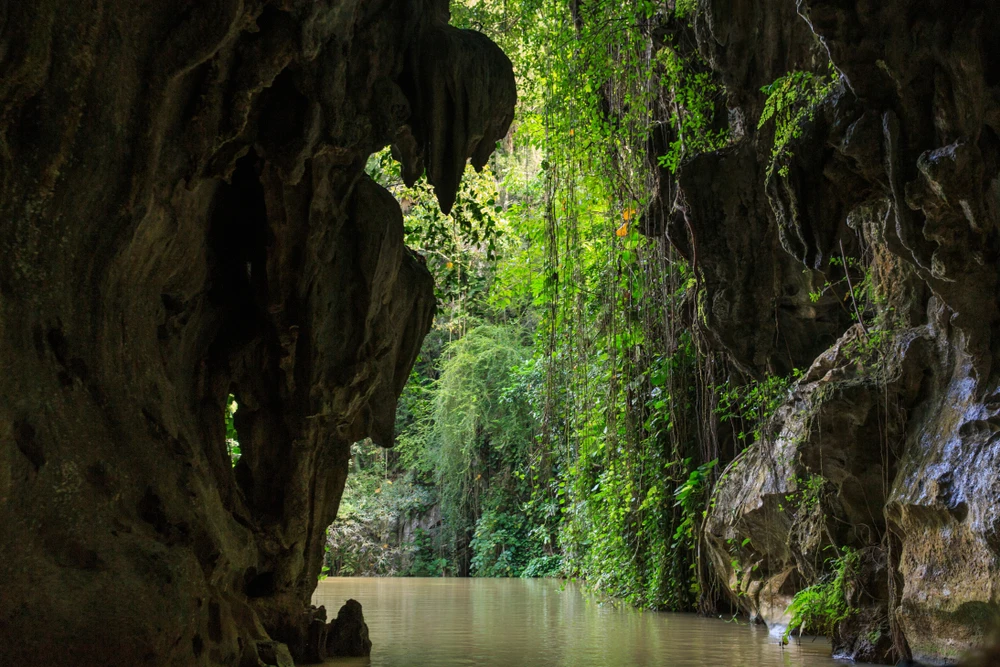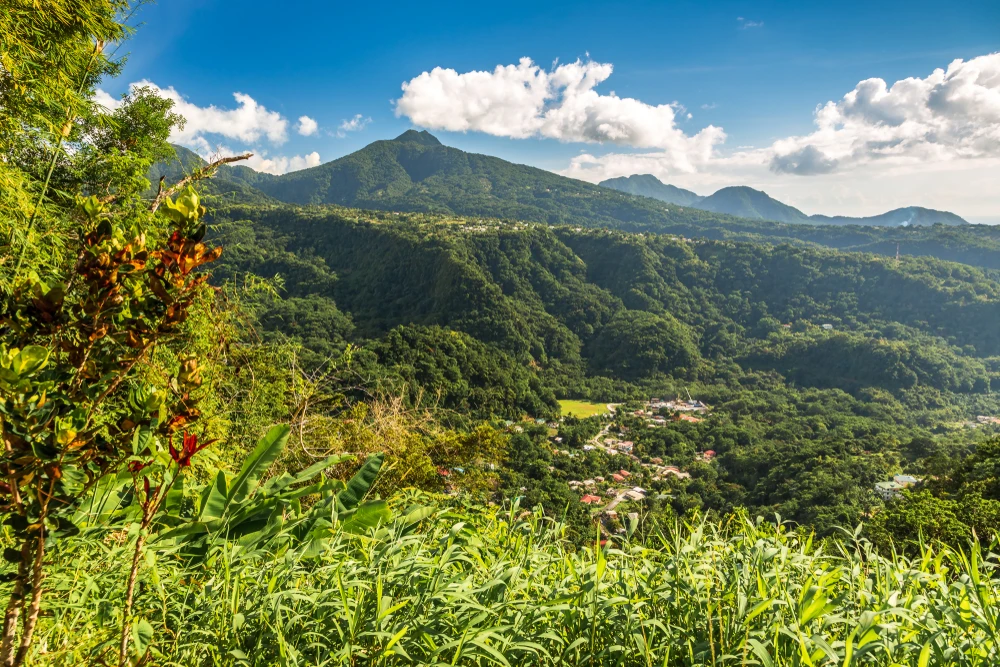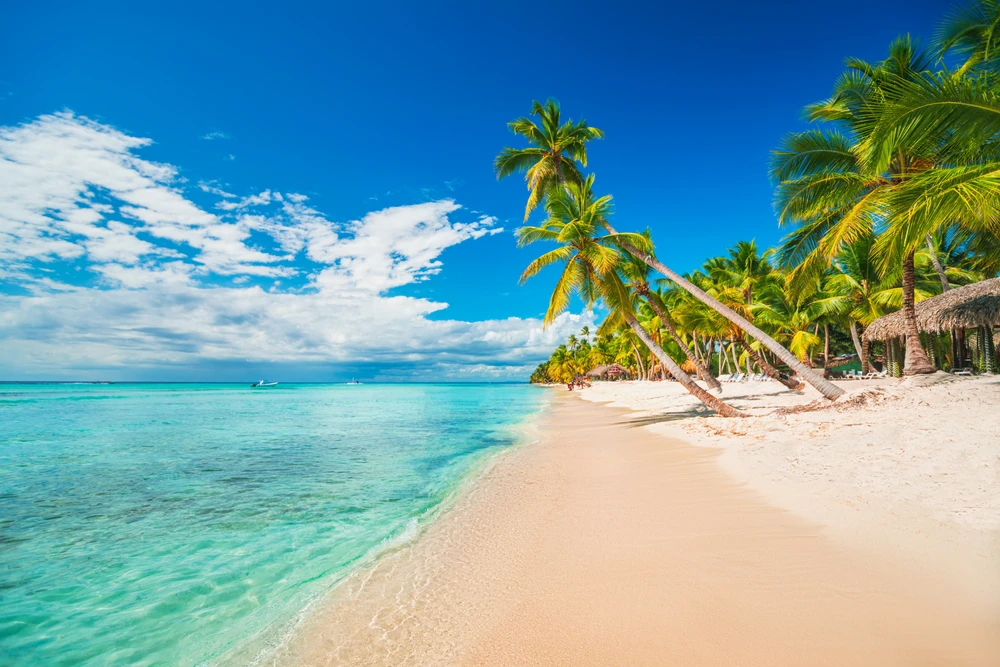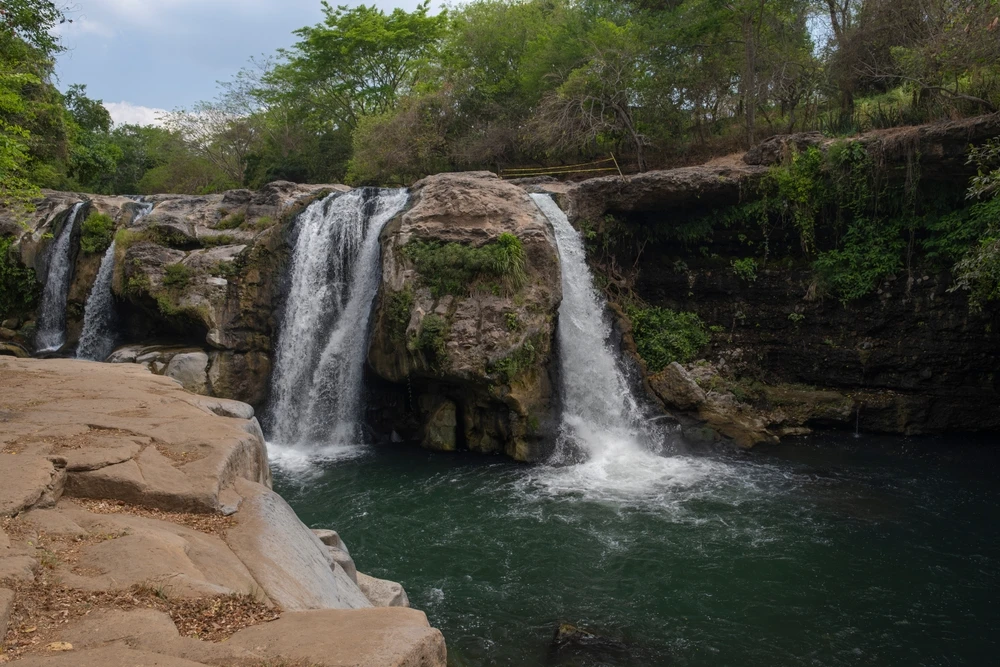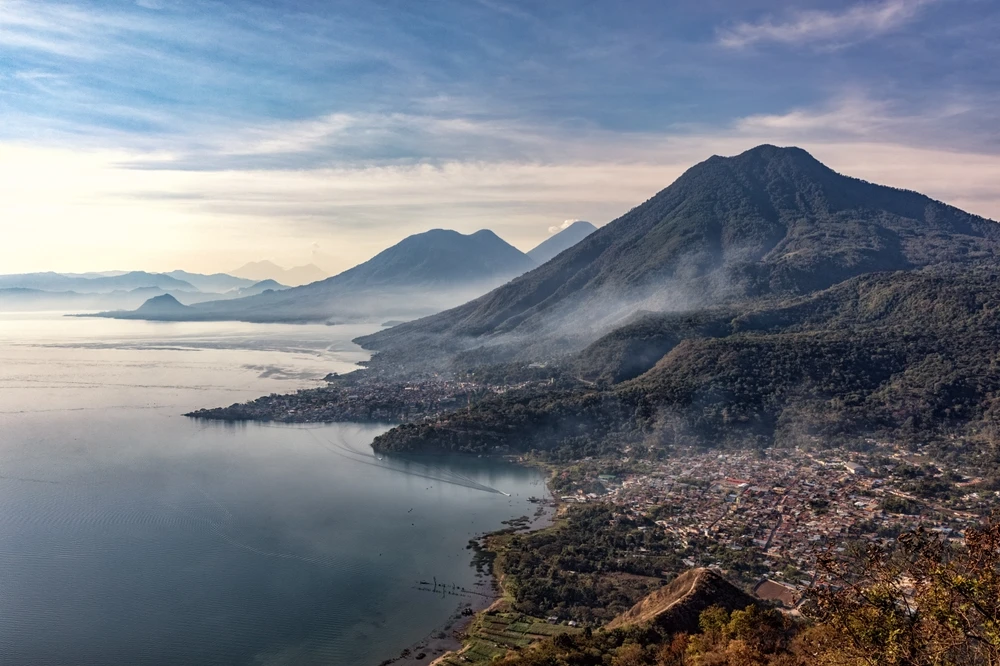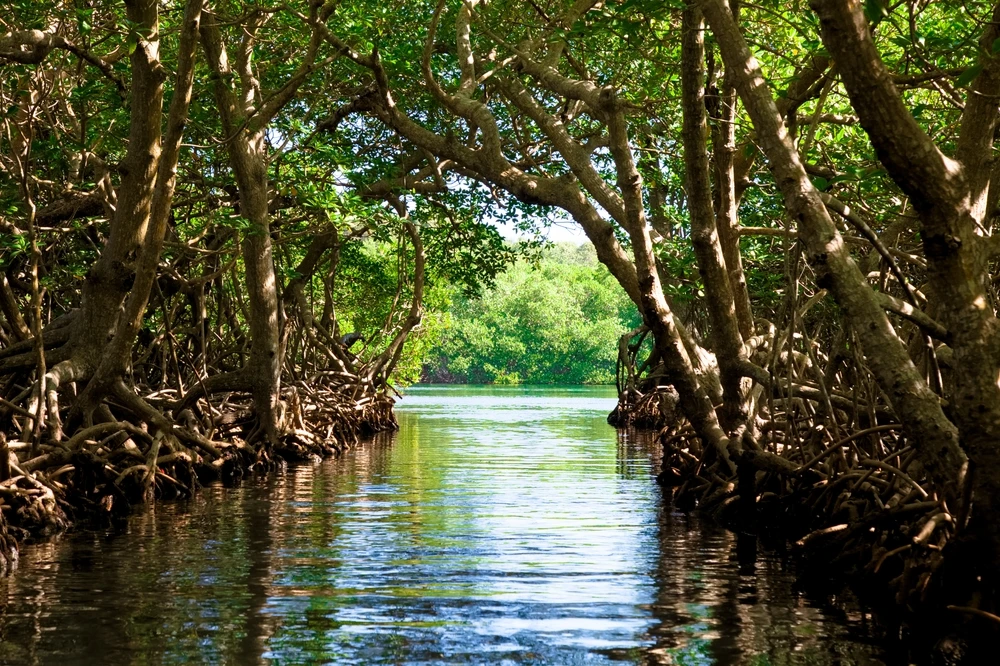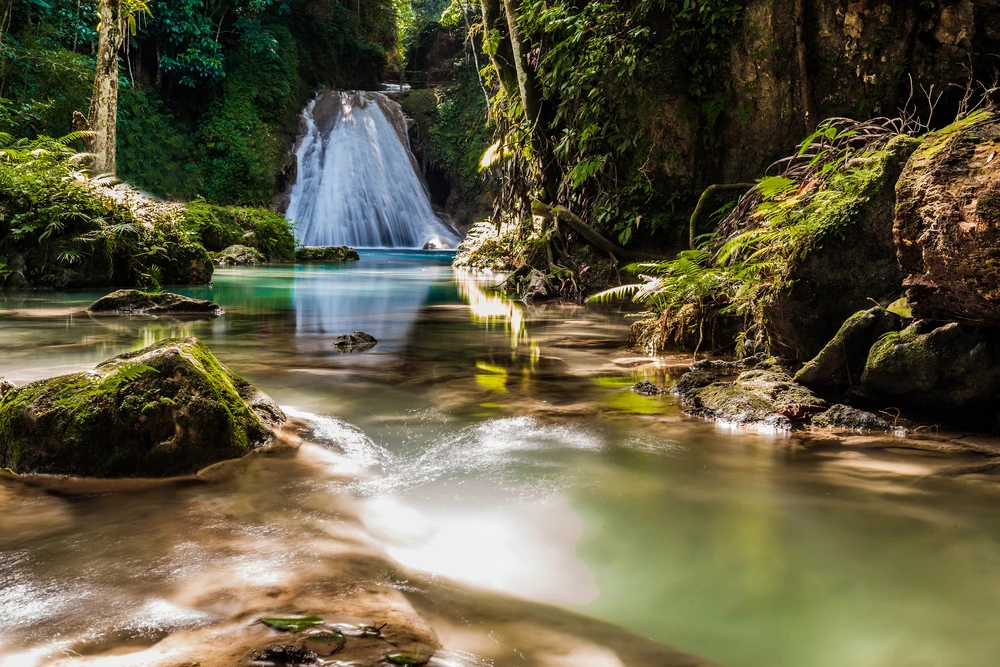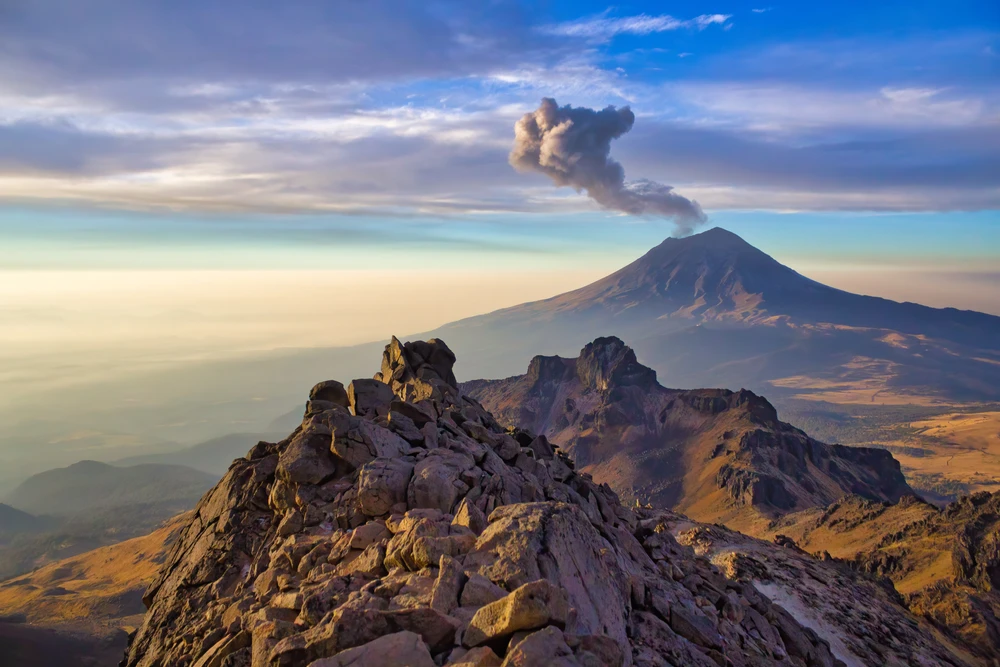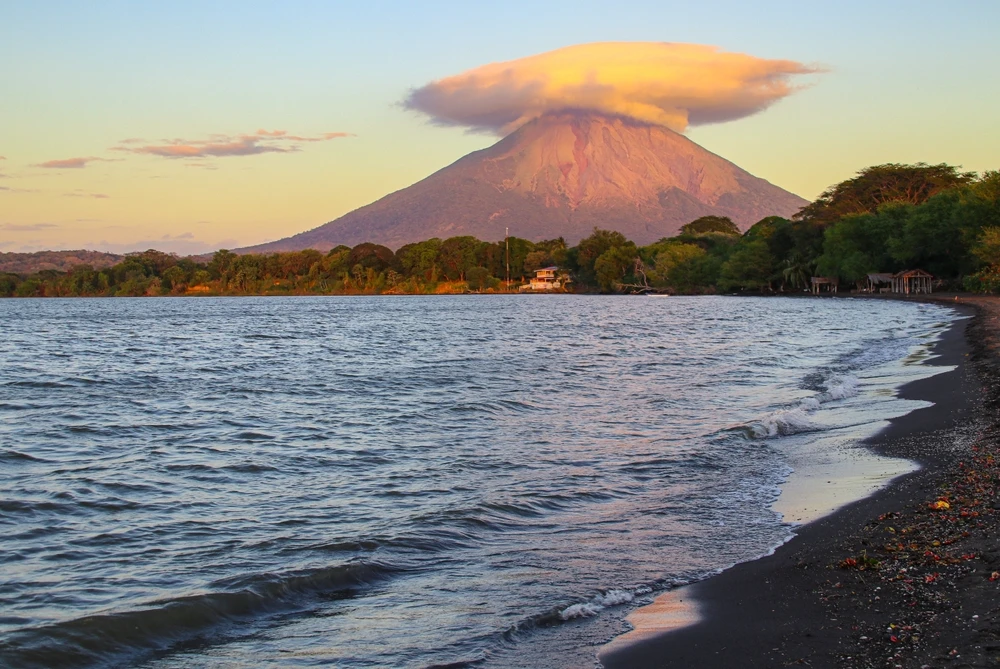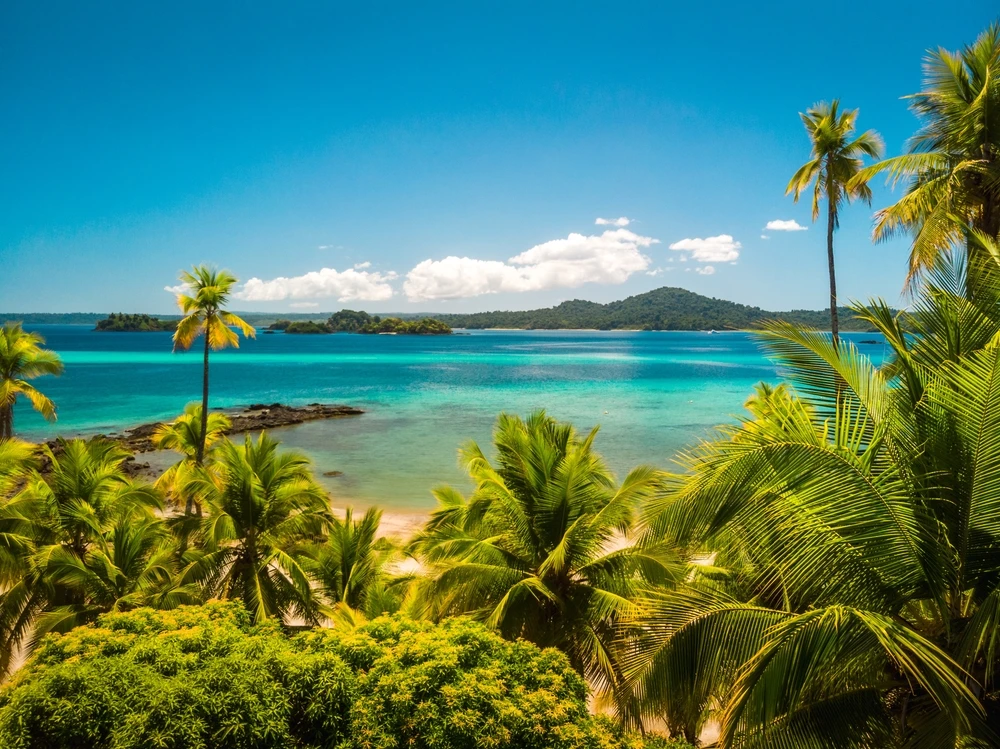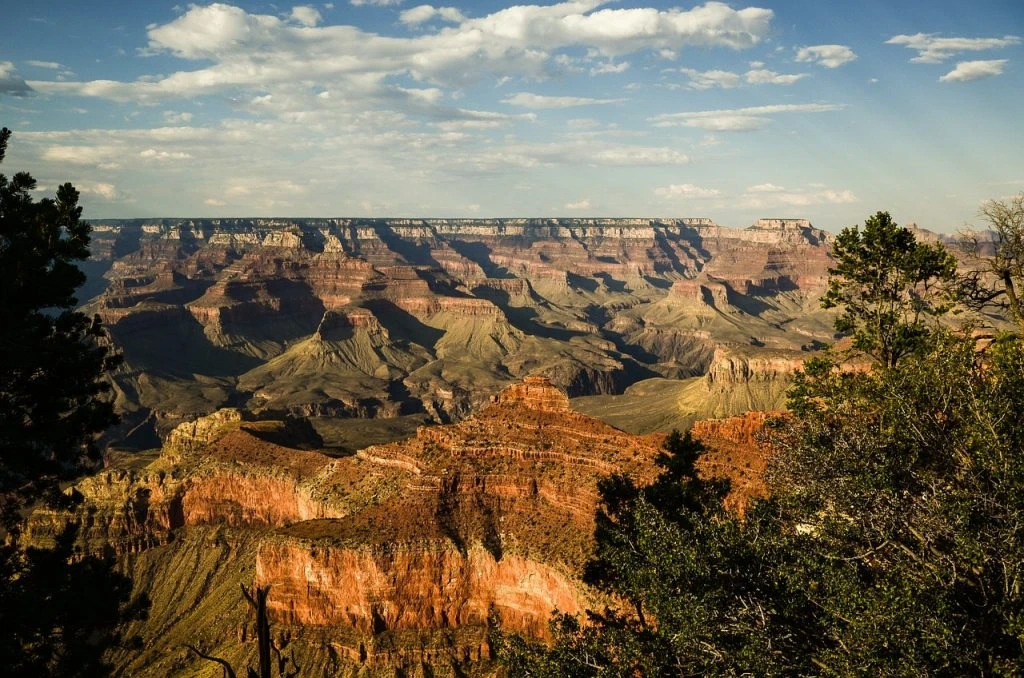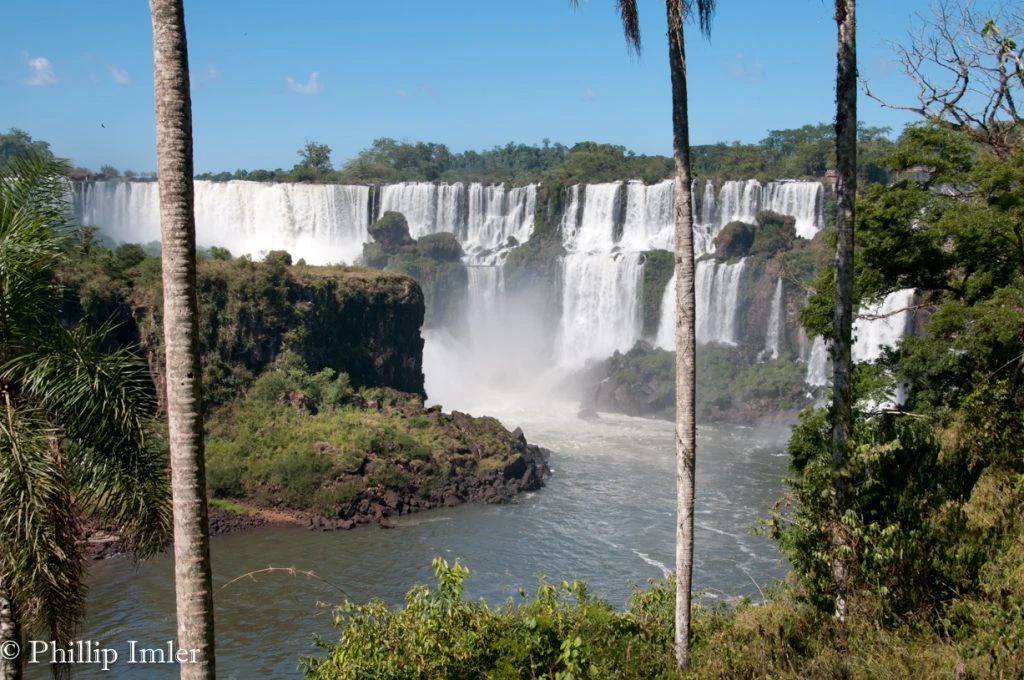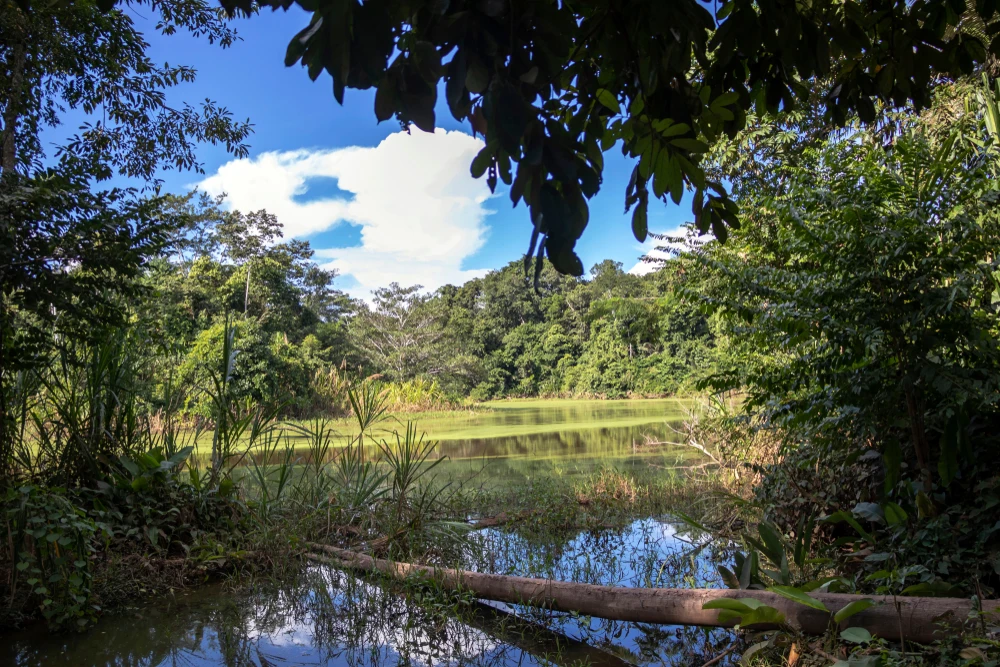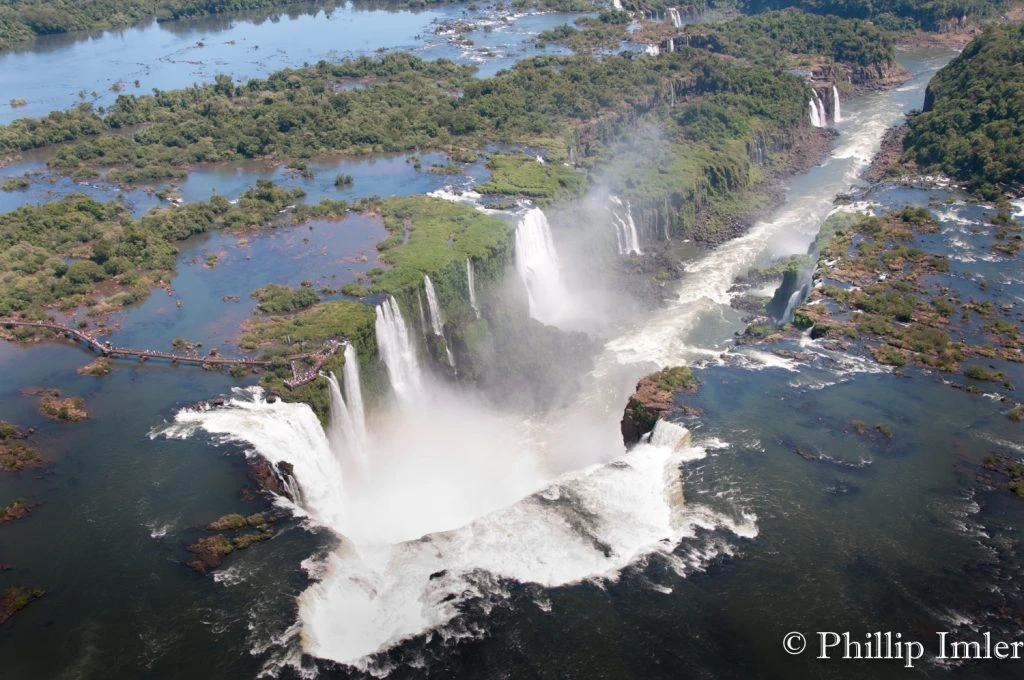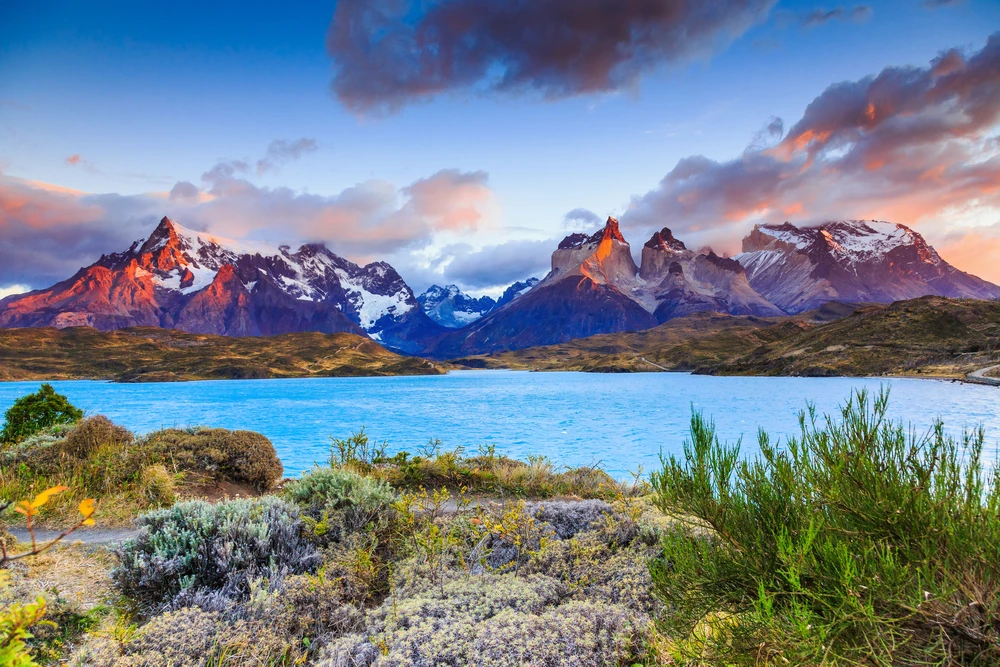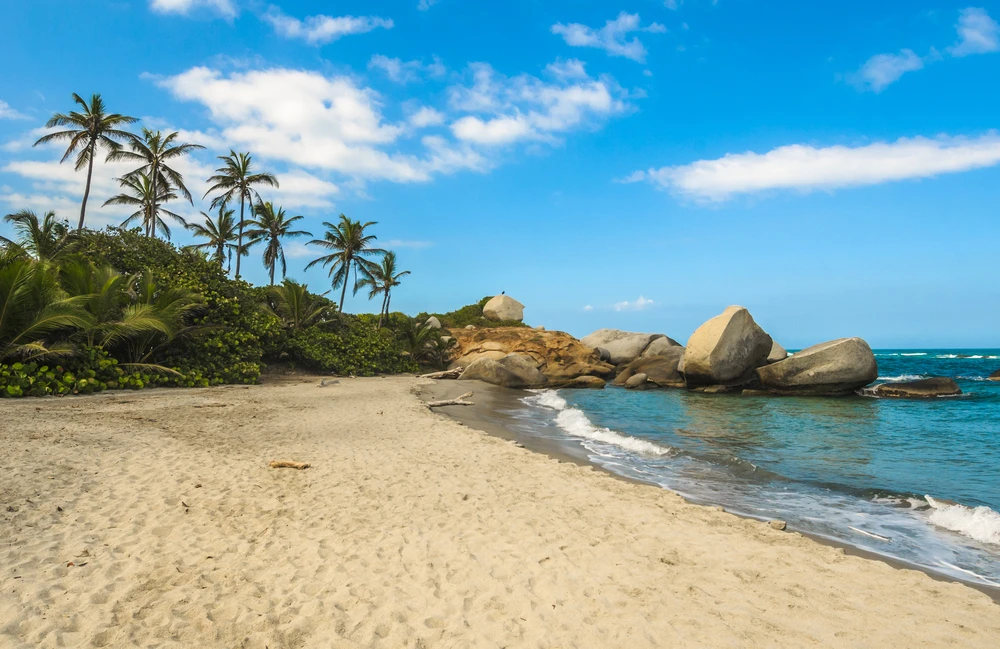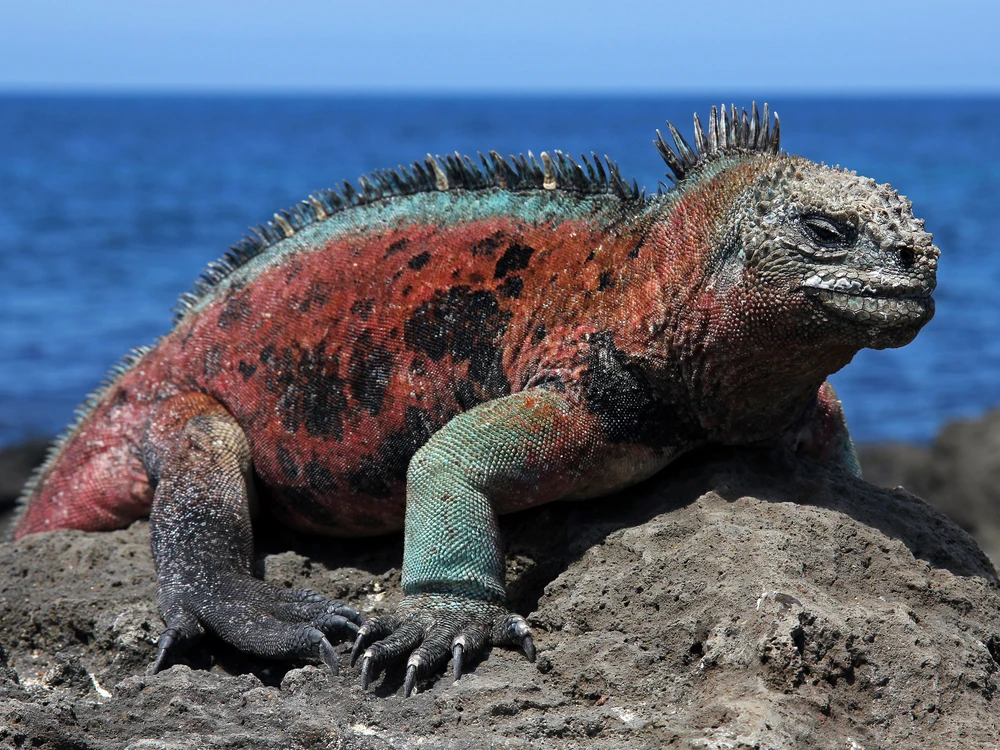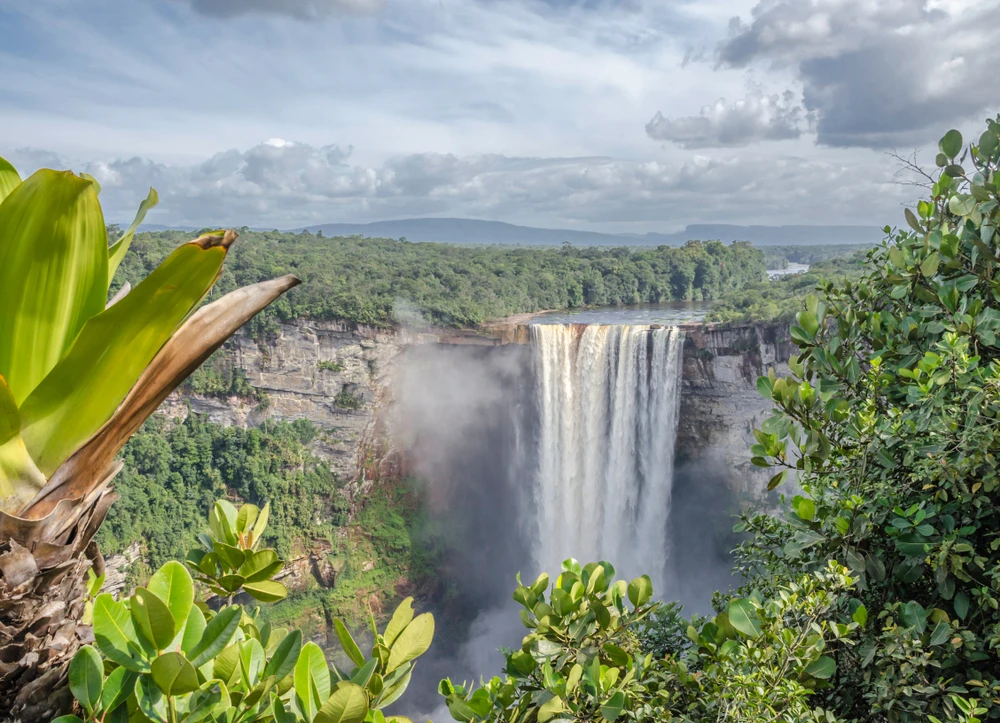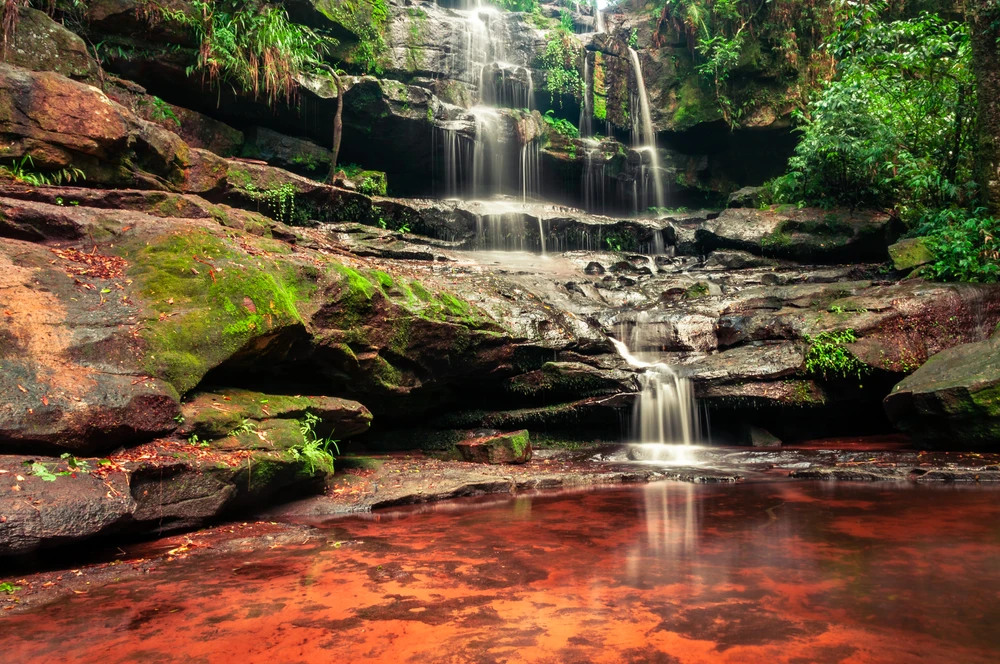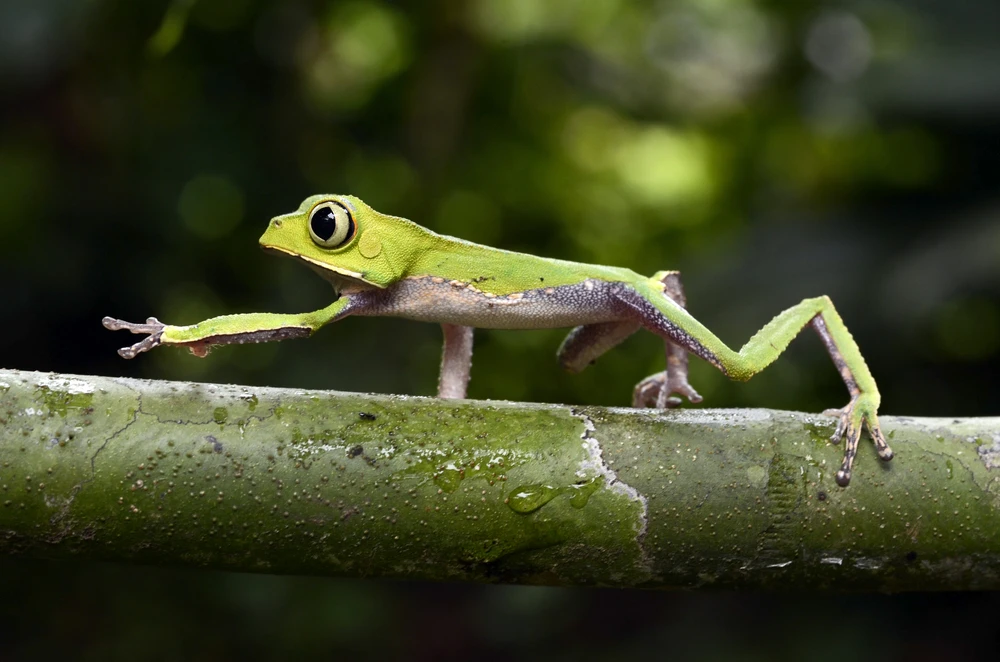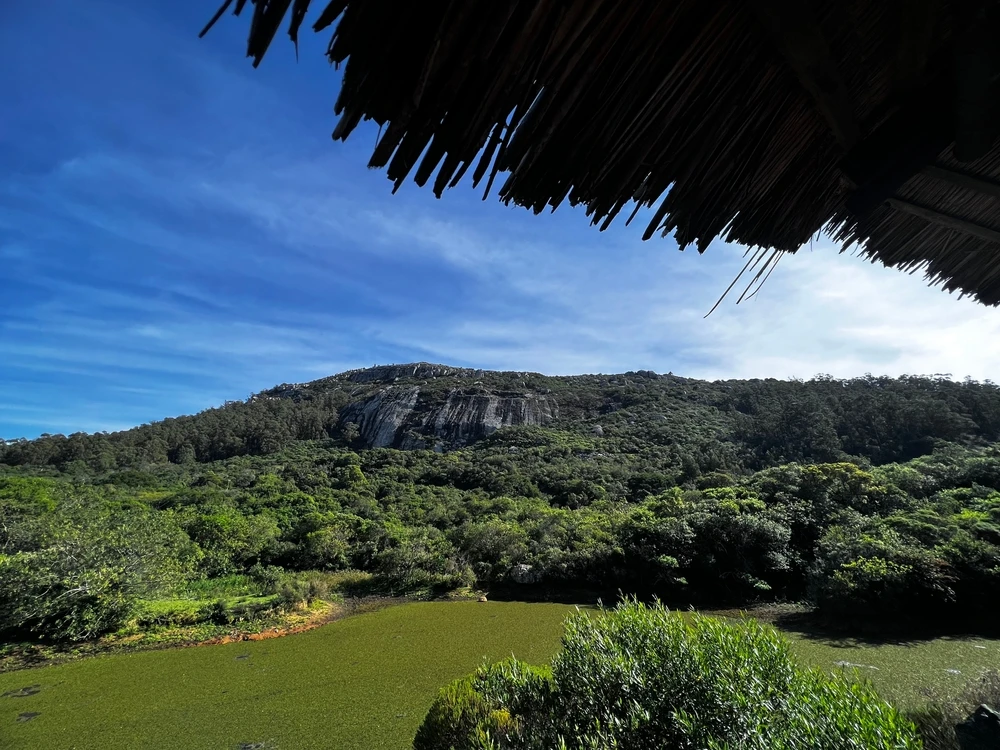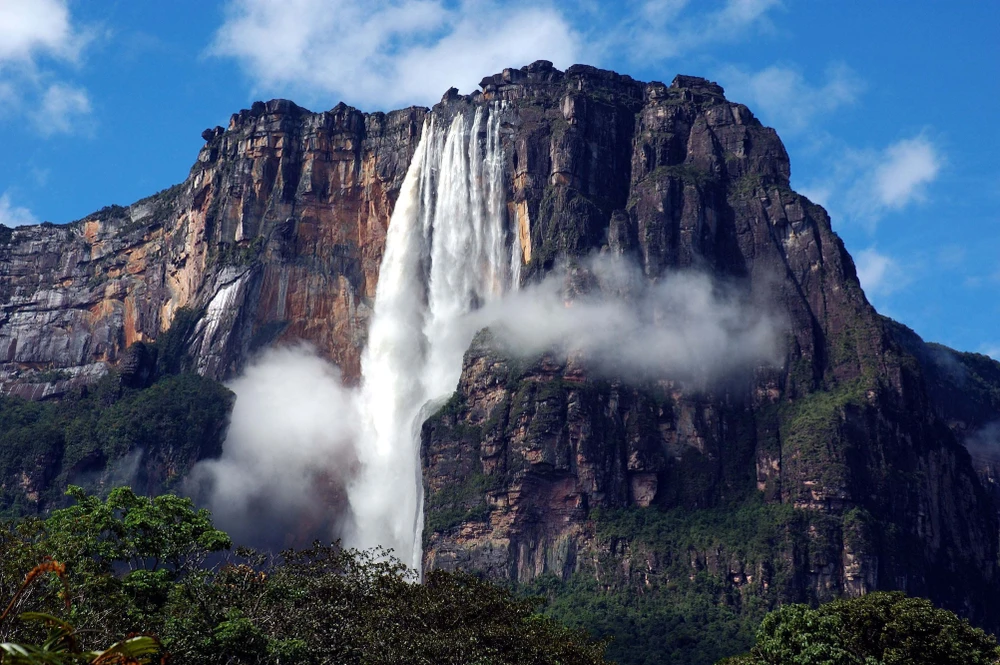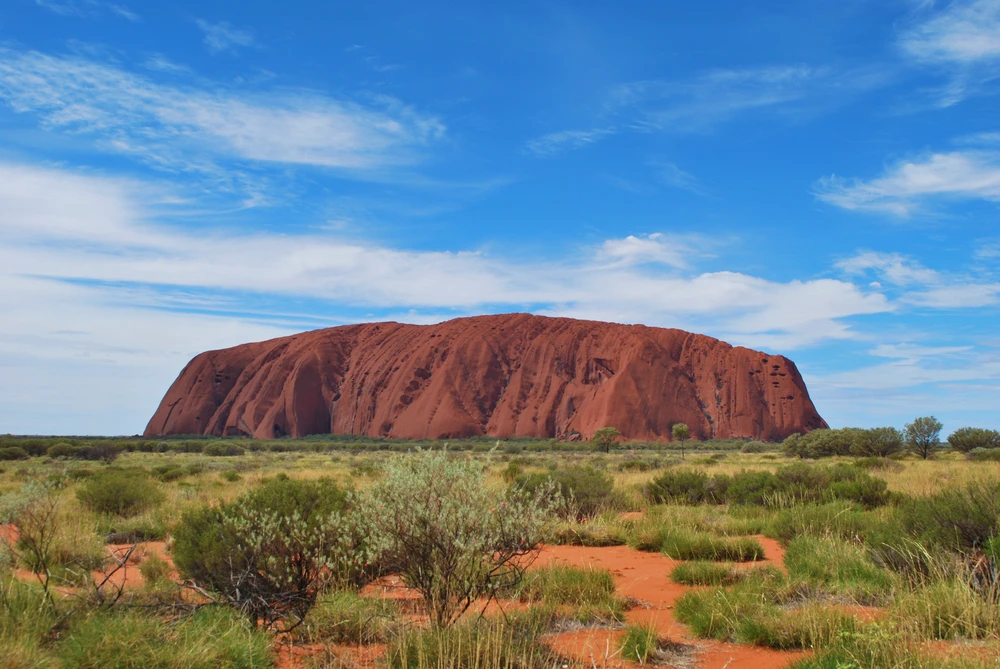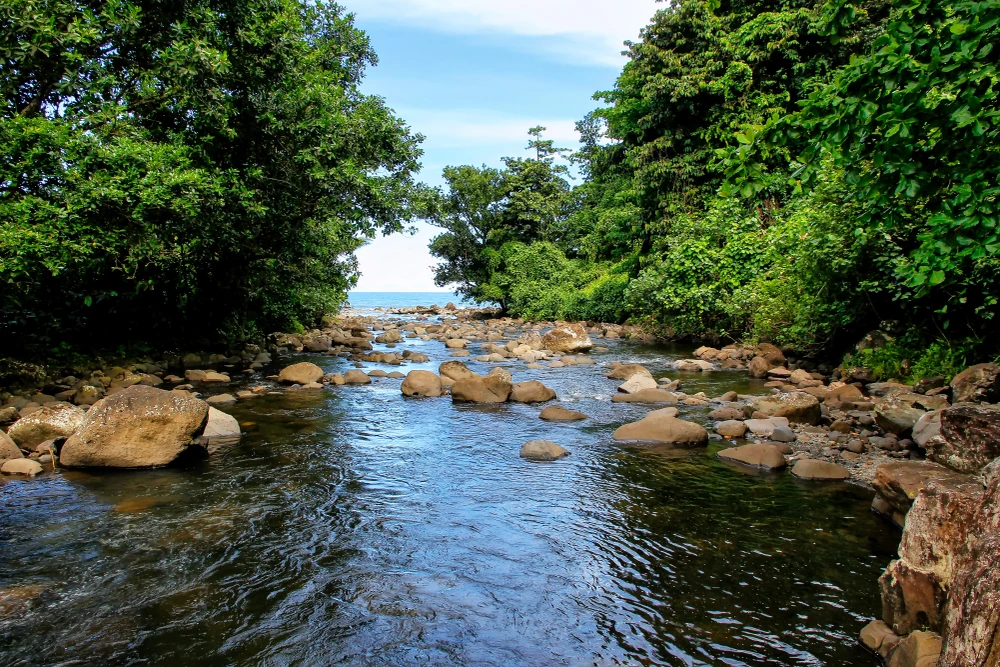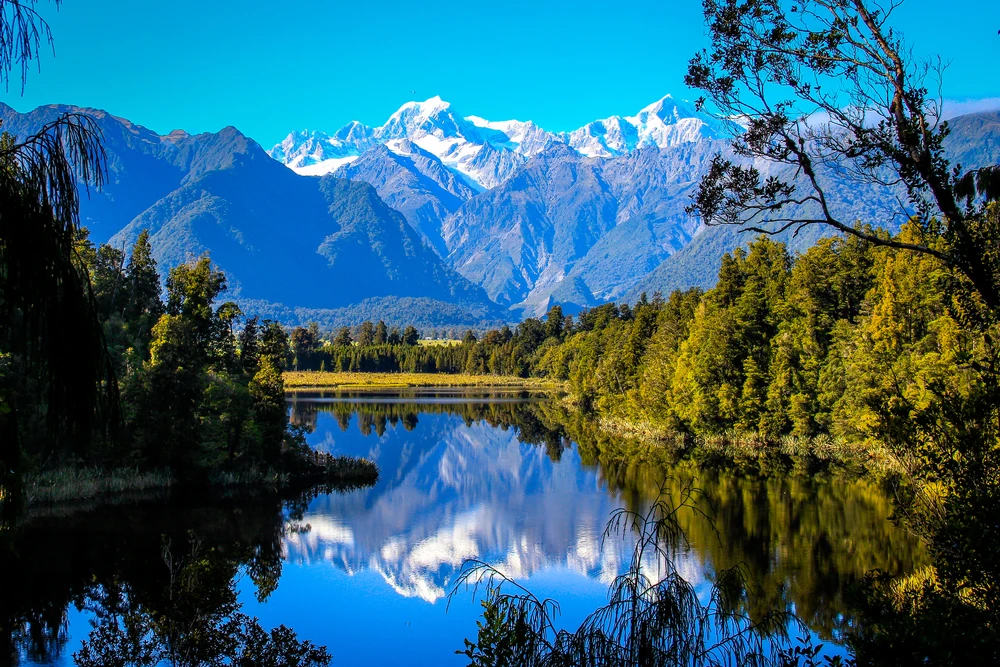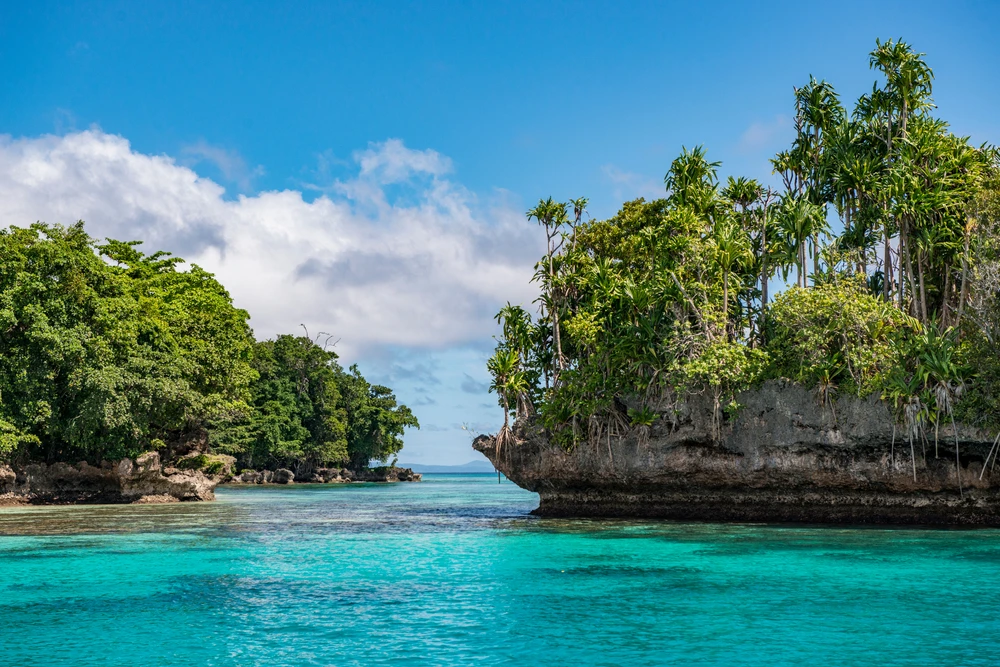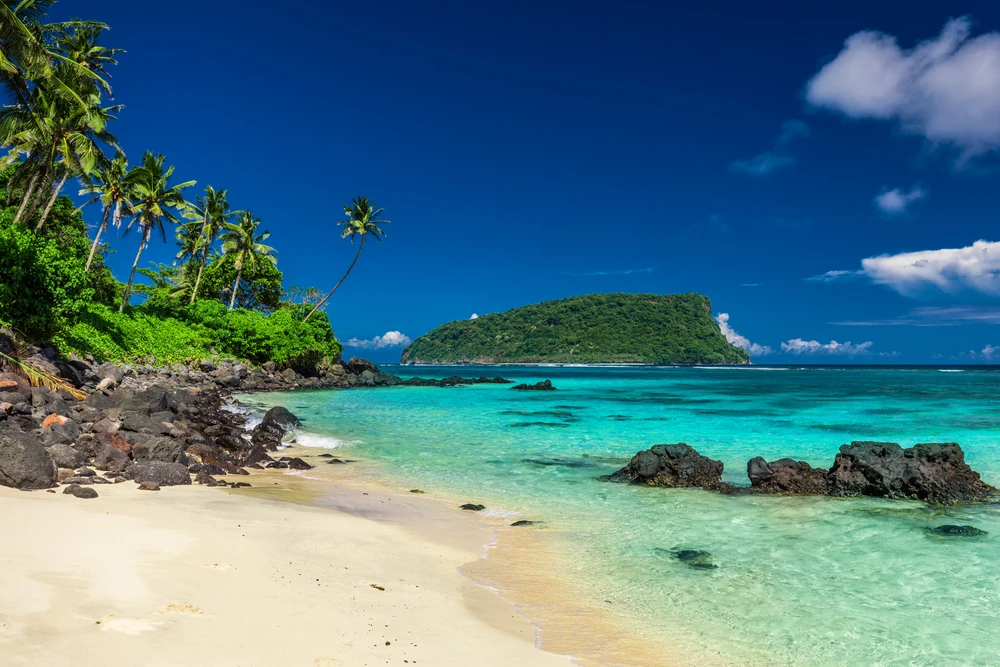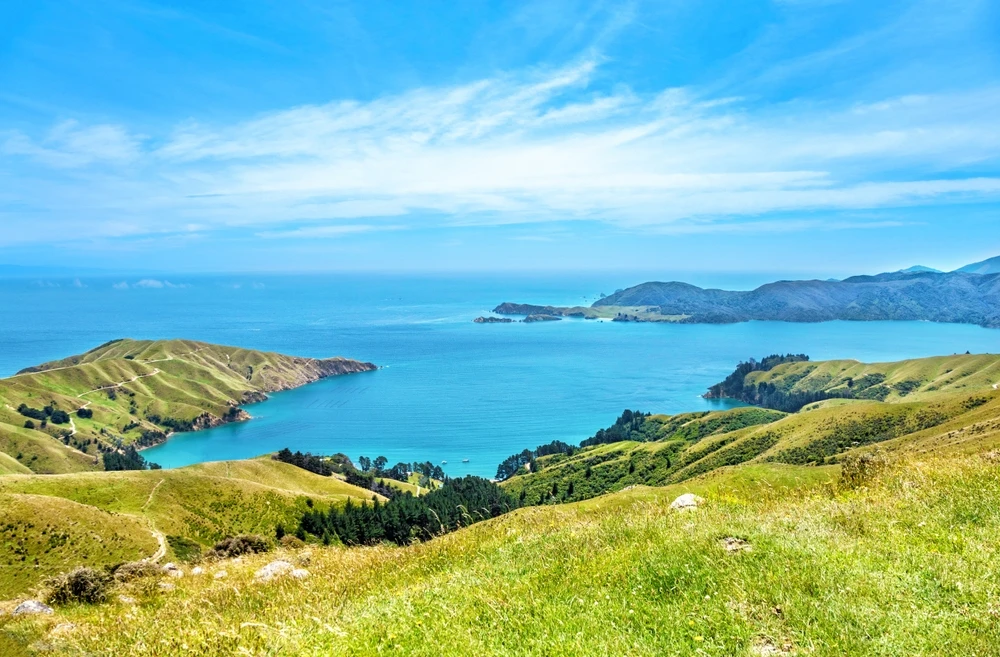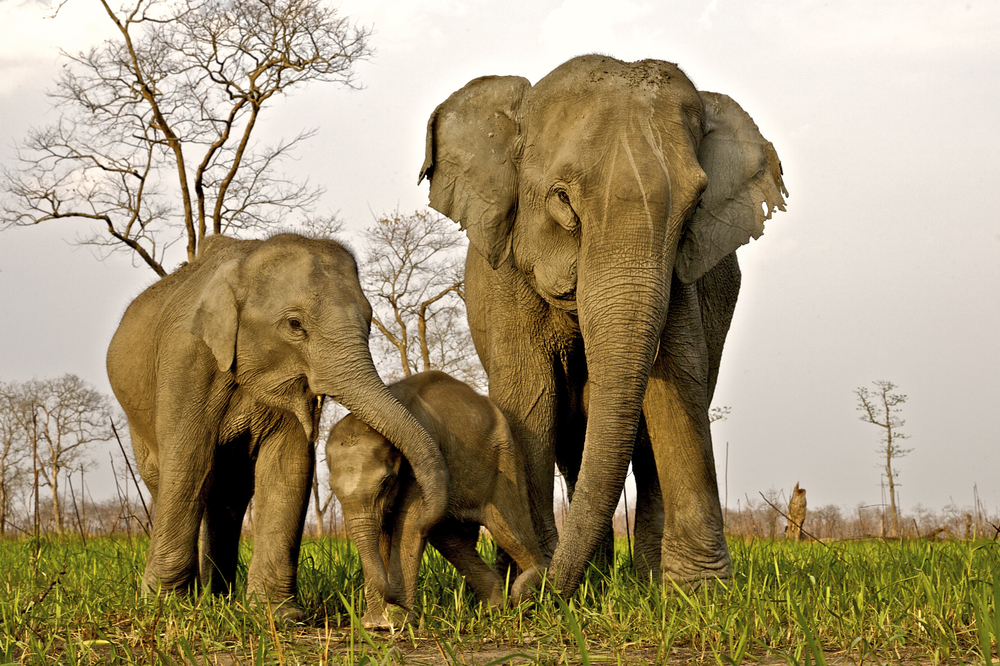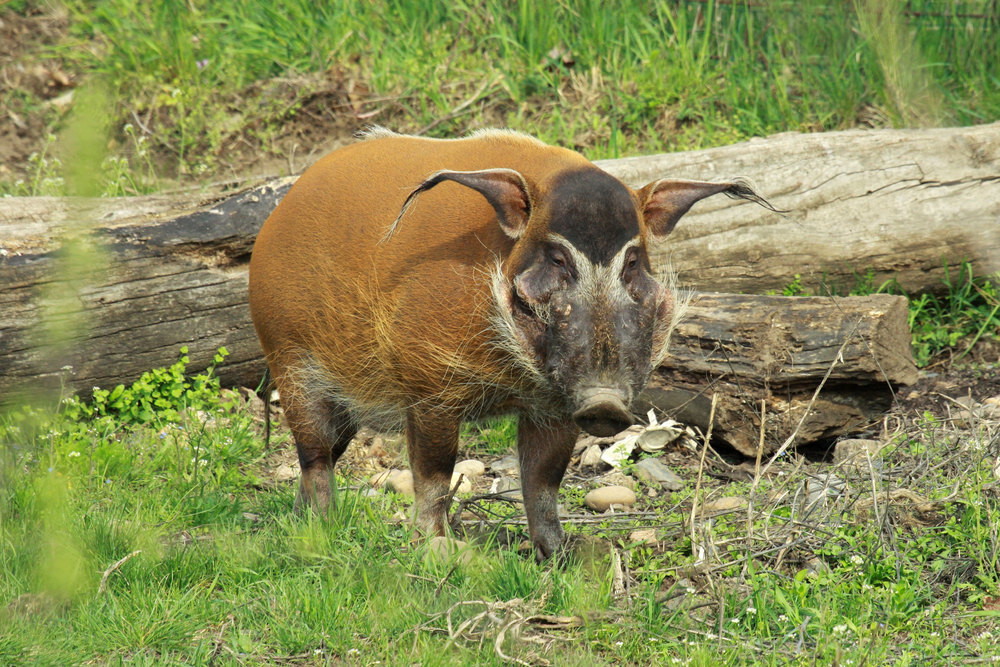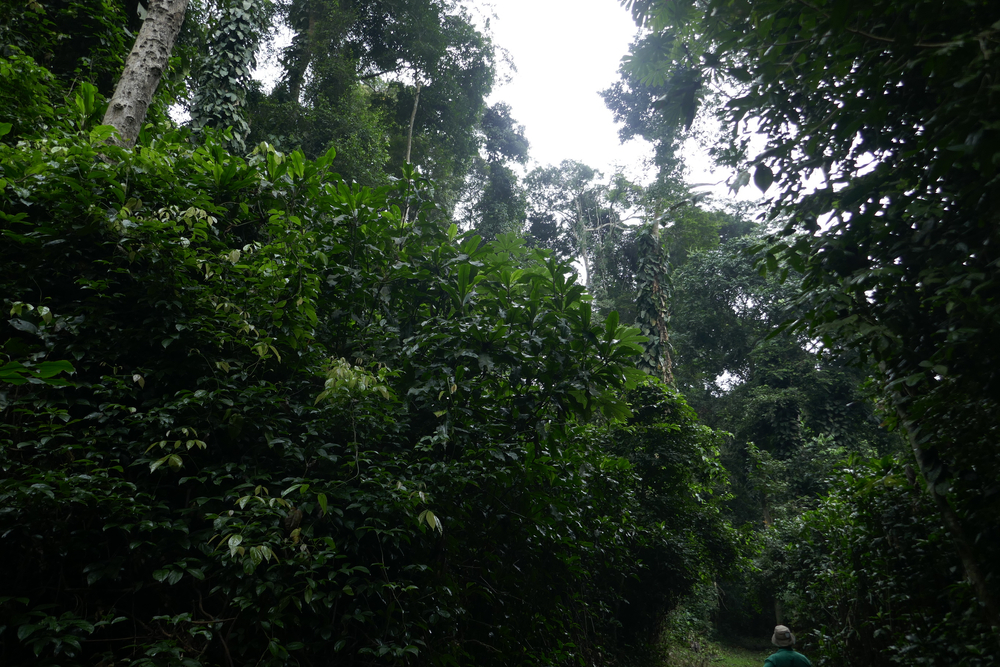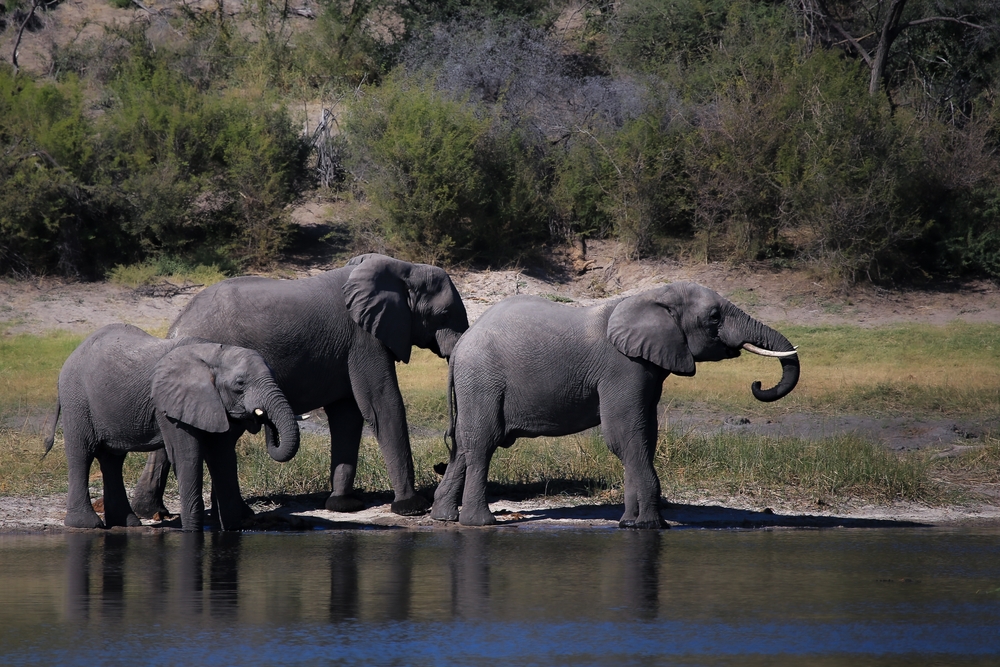Marahoué Overview
Marahoué National Park, locally known as “Parc National de la Marahoué”, is one of Côte d’Ivoire’s most significant protected areas, established in 1968. Located in the central-western region of the country, near the town of Bouaflé, the park covers approximately 1,010 square kilometers (390 square miles). The park was created to preserve its rich biodiversity and unique ecosystems, which are home to a variety of flora and fauna, many of which are endangered.
The terrain of Marahoué National Park is a mosaic of landscapes, including savannas, woodlands, and remnants of tropical rainforests. The Marahoué River flows through the park, creating riparian habitats that support diverse plant and animal life. The park’s vegetation is characterized by tall grasses, scattered acacia trees, and dense forest patches, offering shelter and food sources for a wide range of species. Seasonal wetlands also form during the rainy season, enhancing the park’s ecological diversity.
Marahoué National Park is home to a variety of wildlife, although some species have declined due to human impact. Mammals such as antelopes, duikers, and bushbucks inhabit the savannas, while forested areas provide shelter for primates like monkeys and, historically, chimpanzees. Birdlife is abundant, with species such as hornbills, parrots, and African fish eagles frequently observed. Reptiles, including crocodiles and snakes, can be found near water sources, adding to the park’s ecological richness.
Visitors to Marahoué National Park can explore its natural beauty through guided safaris and walking tours. The park’s diverse terrain provides opportunities for wildlife observation and birdwatching. The Marahoué River offers serene spots for picnicking and photography, making it a perfect destination for nature enthusiasts. Educational programs and eco-tourism initiatives are being developed to enhance visitor engagement while promoting conservation awareness. Cultural experiences with nearby communities add an extra layer of interest, showcasing traditional practices and their relationship with the park’s environment.
Despite its ecological importance, Marahoué National Park faces significant challenges. Habitat loss due to agricultural encroachment, logging, and poaching has severely impacted its biodiversity. The decline of iconic species like chimpanzees highlights the urgent need for conservation measures. Climate change exacerbates these issues by altering rainfall patterns and increasing pressure on water resources. The Ivorian government, in collaboration with international conservation organizations, has initiated efforts to restore habitats, combat poaching, and involve local communities in sustainable management practices. Eco-tourism is seen as a promising avenue to generate revenue and create awareness about the park’s significance.
Marahoué National Park remains a vital part of Côte d’Ivoire’s natural heritage. Its diverse ecosystems, cultural importance, and potential for eco-tourism make it an essential area for conservation. Protecting Marahoué is critical to preserving its unique biodiversity and ensuring the park continues to serve as a sanctuary for wildlife and a source of inspiration for future generations.

